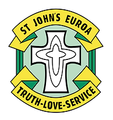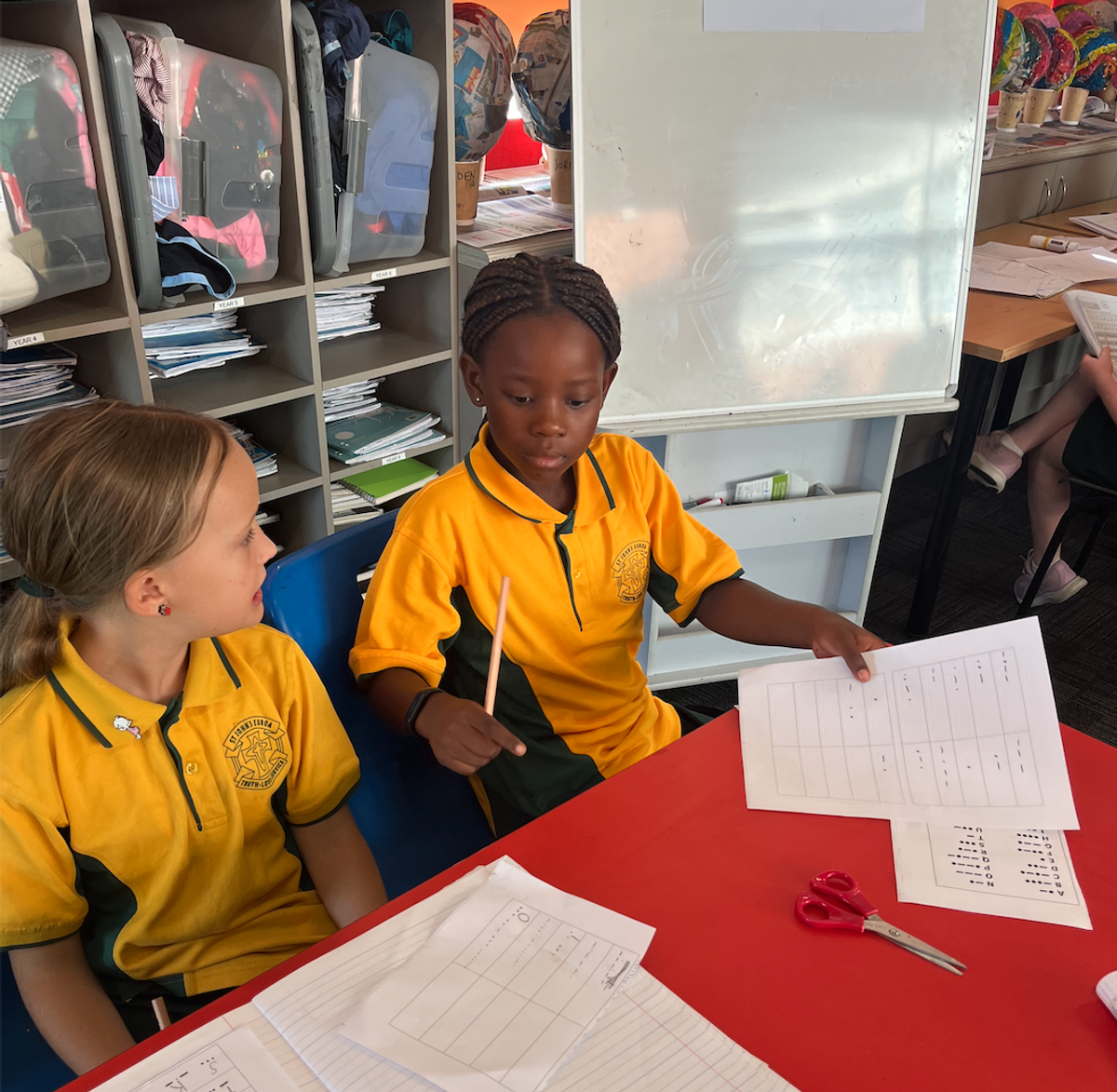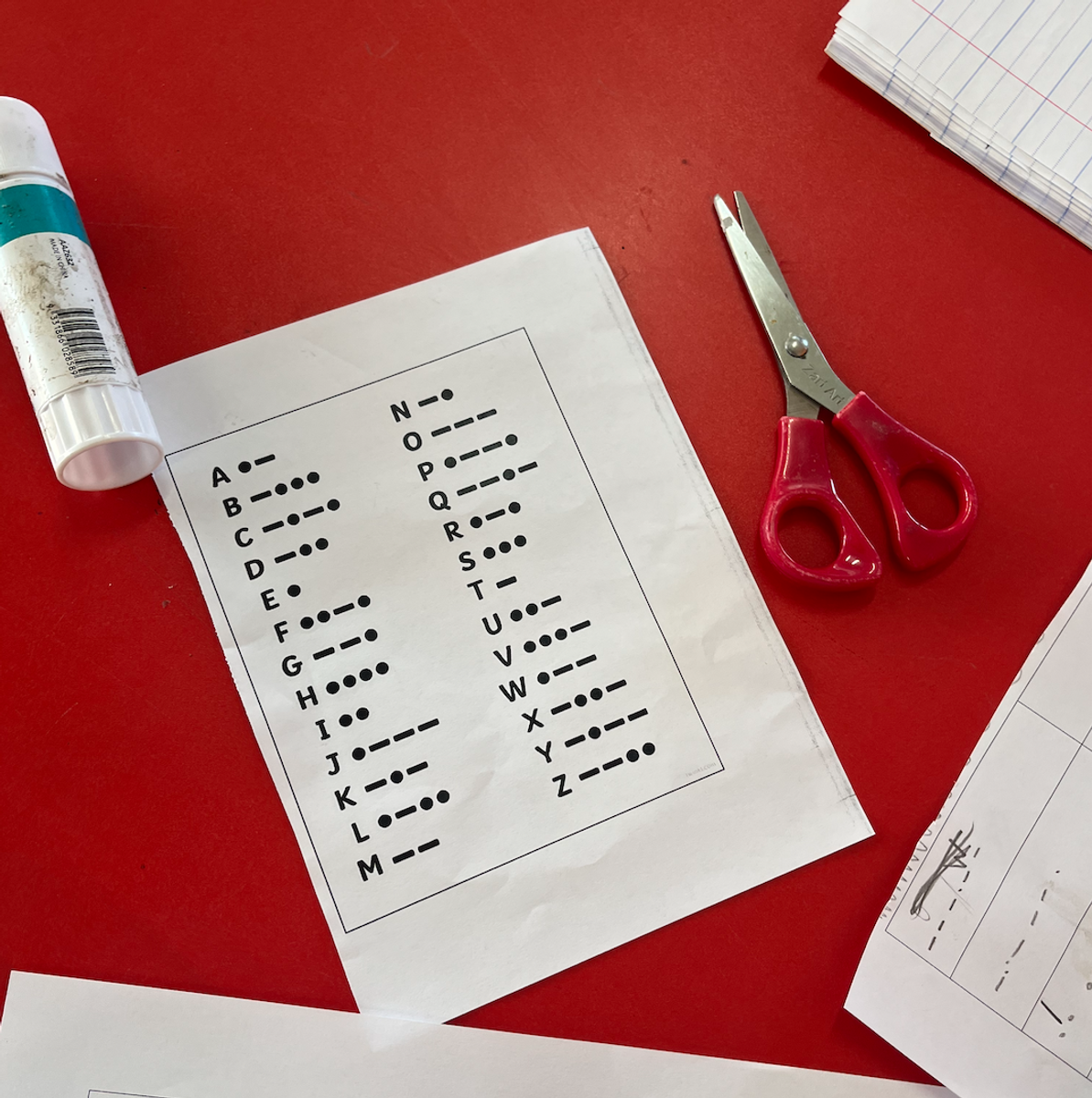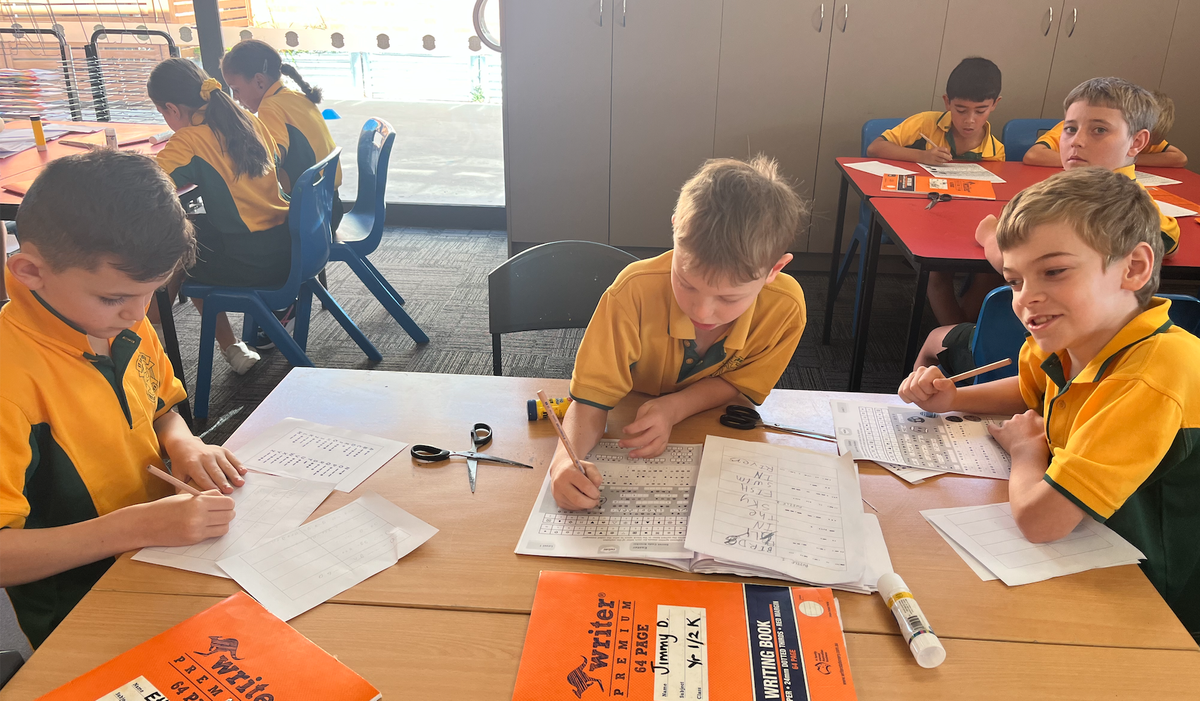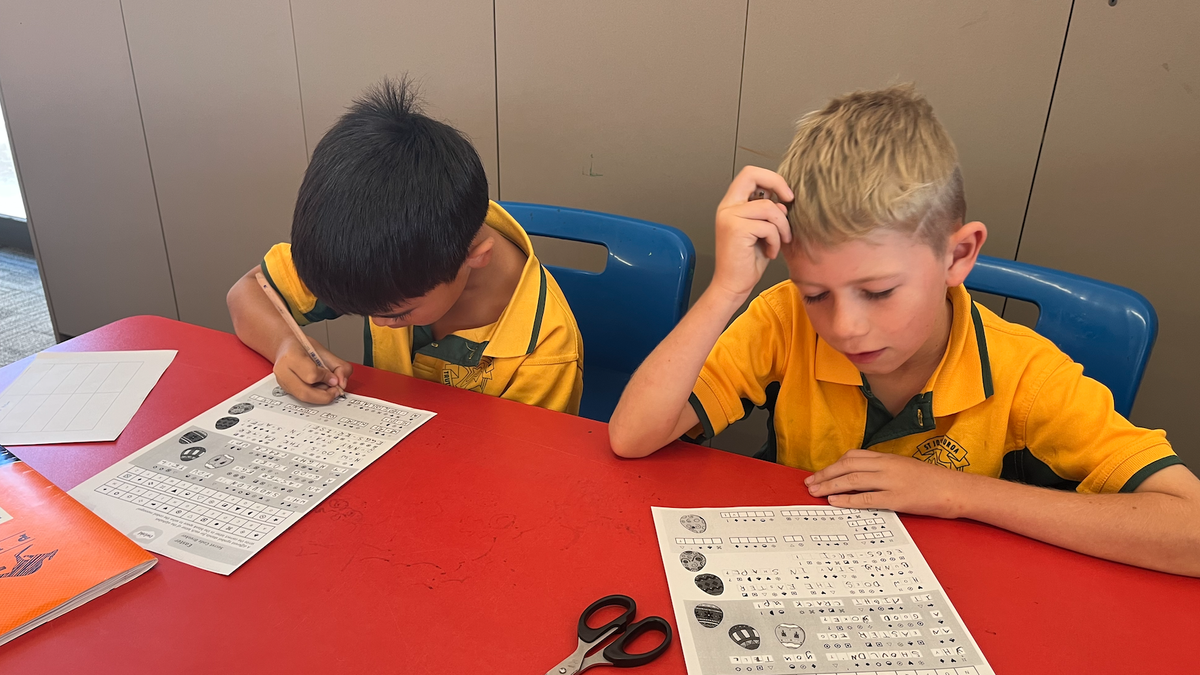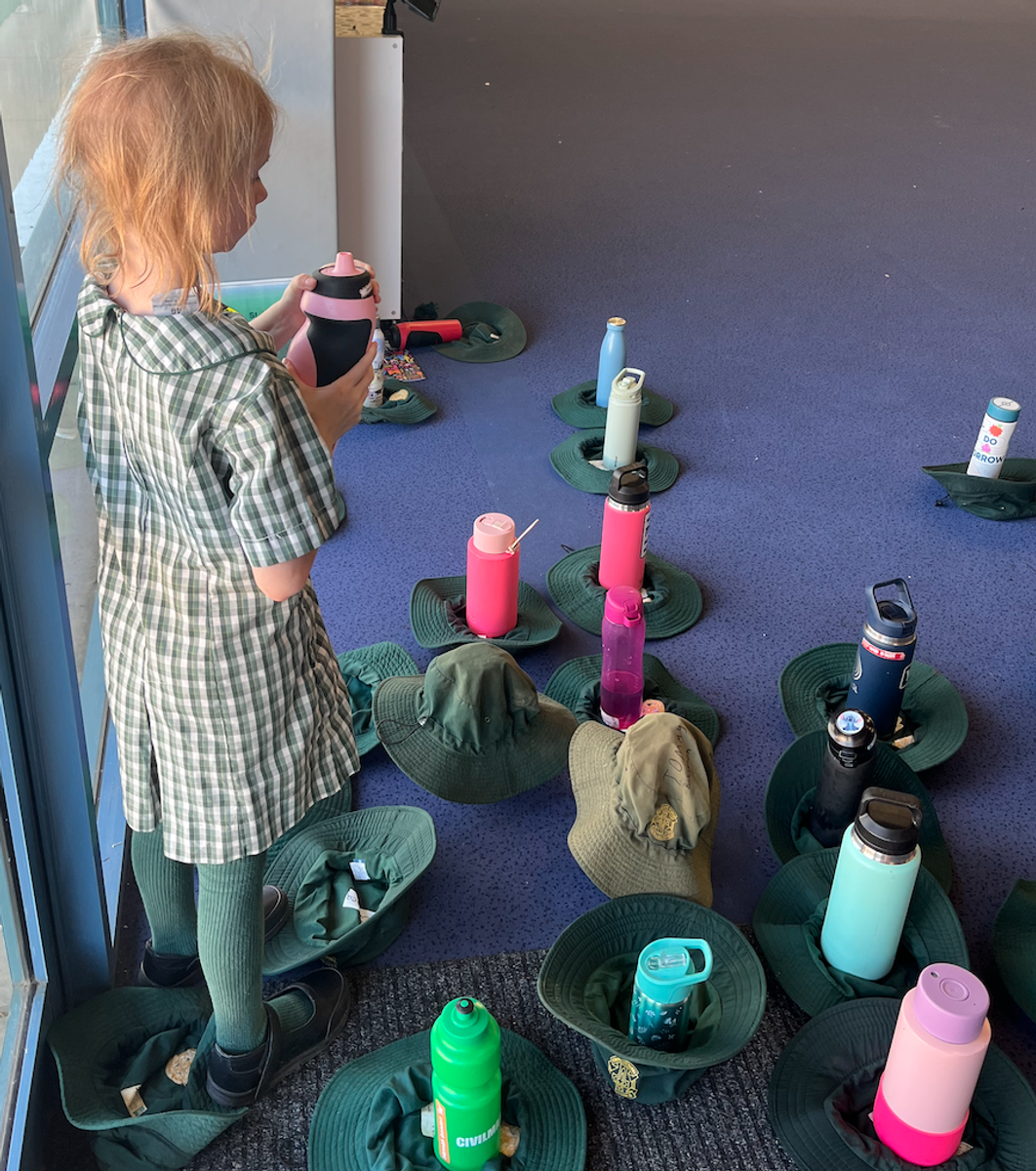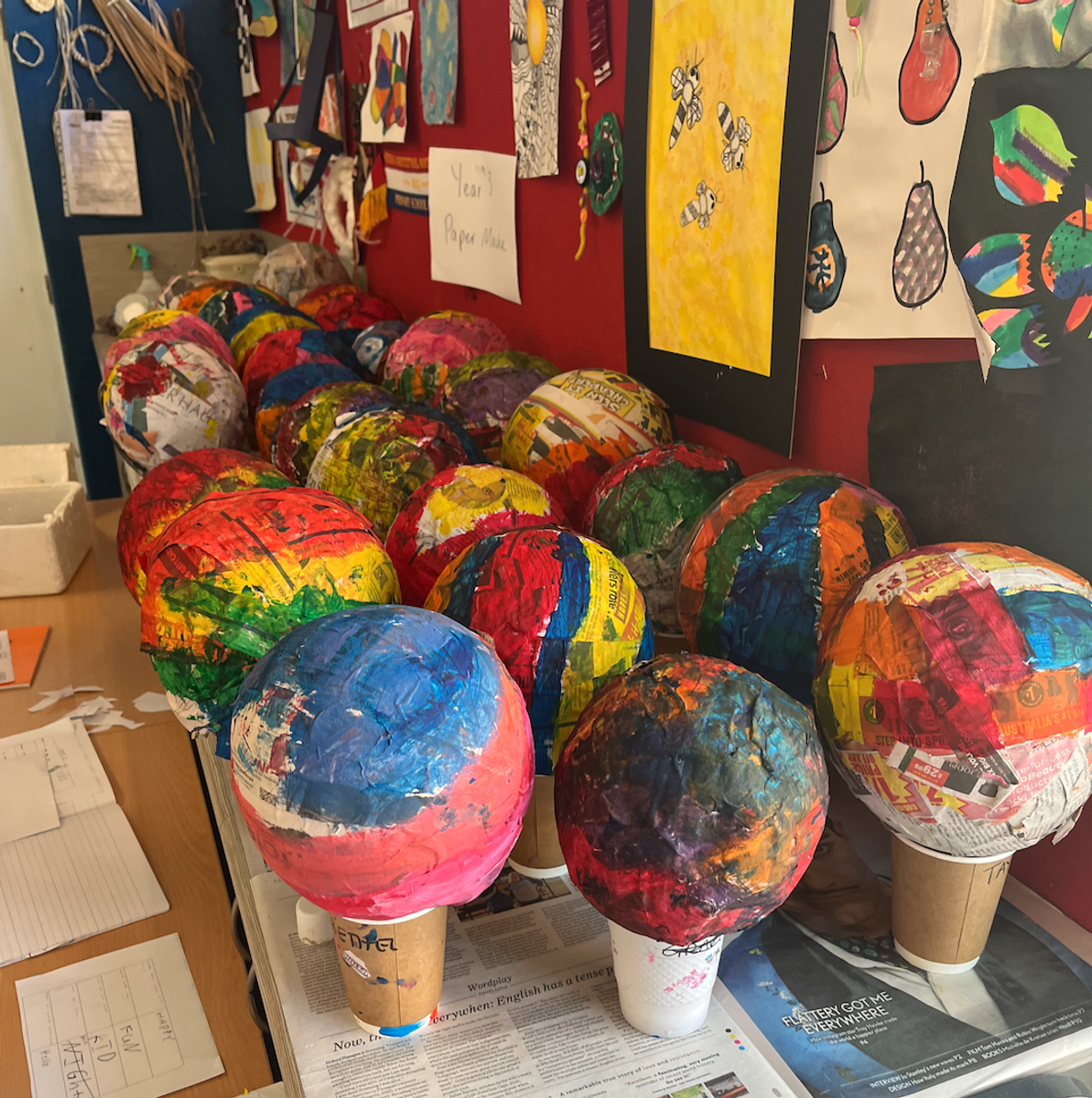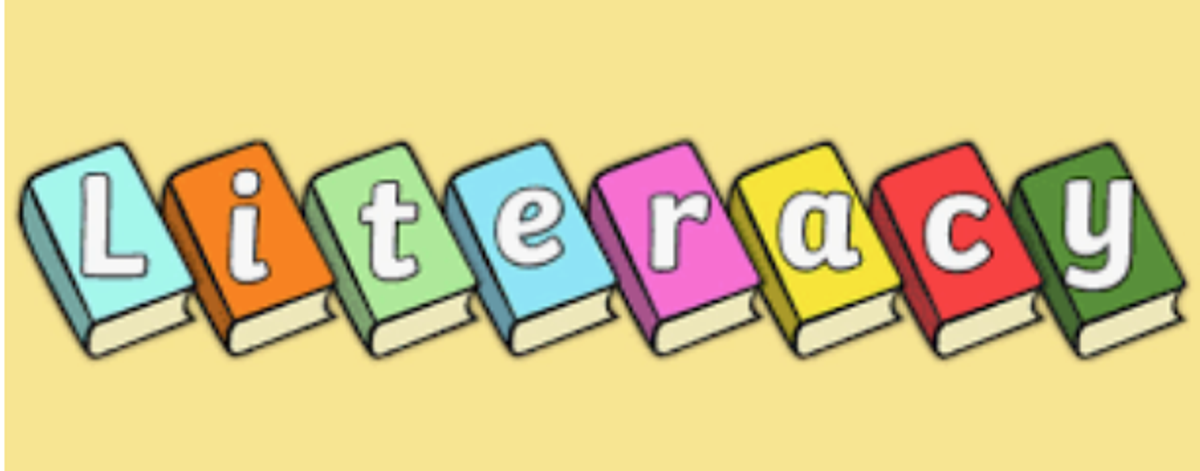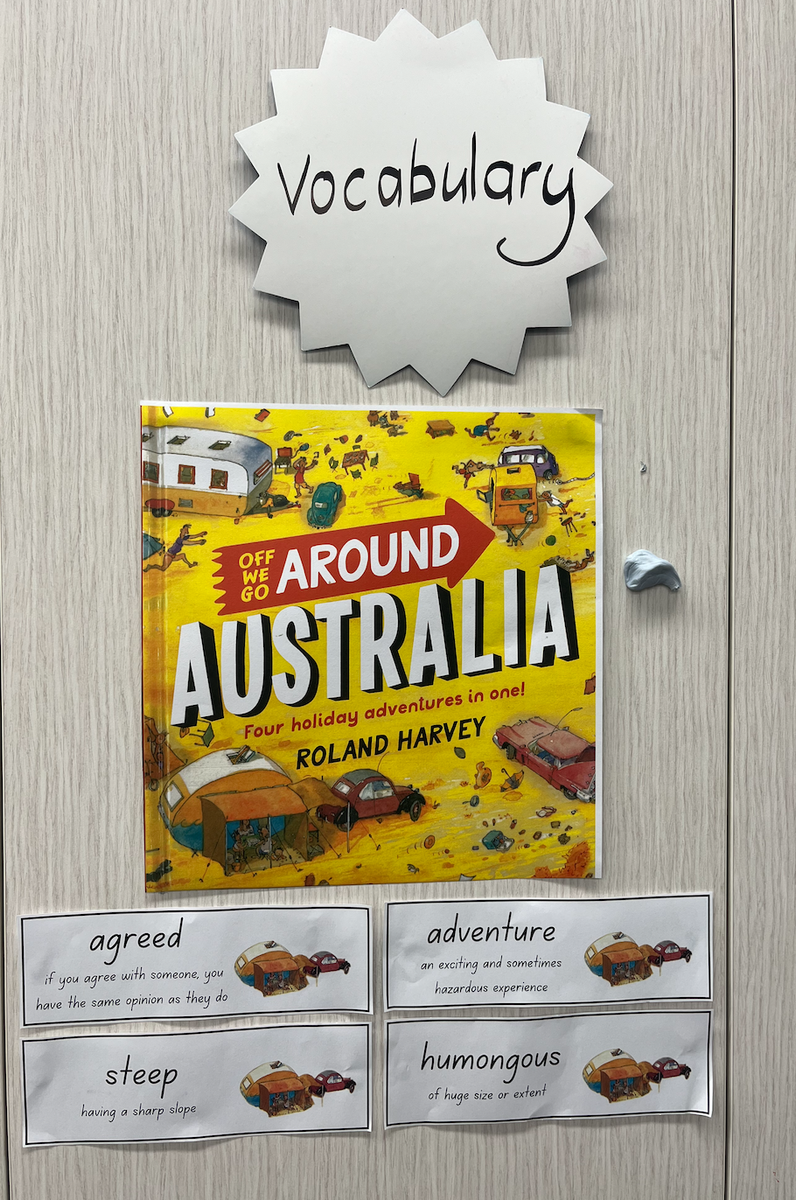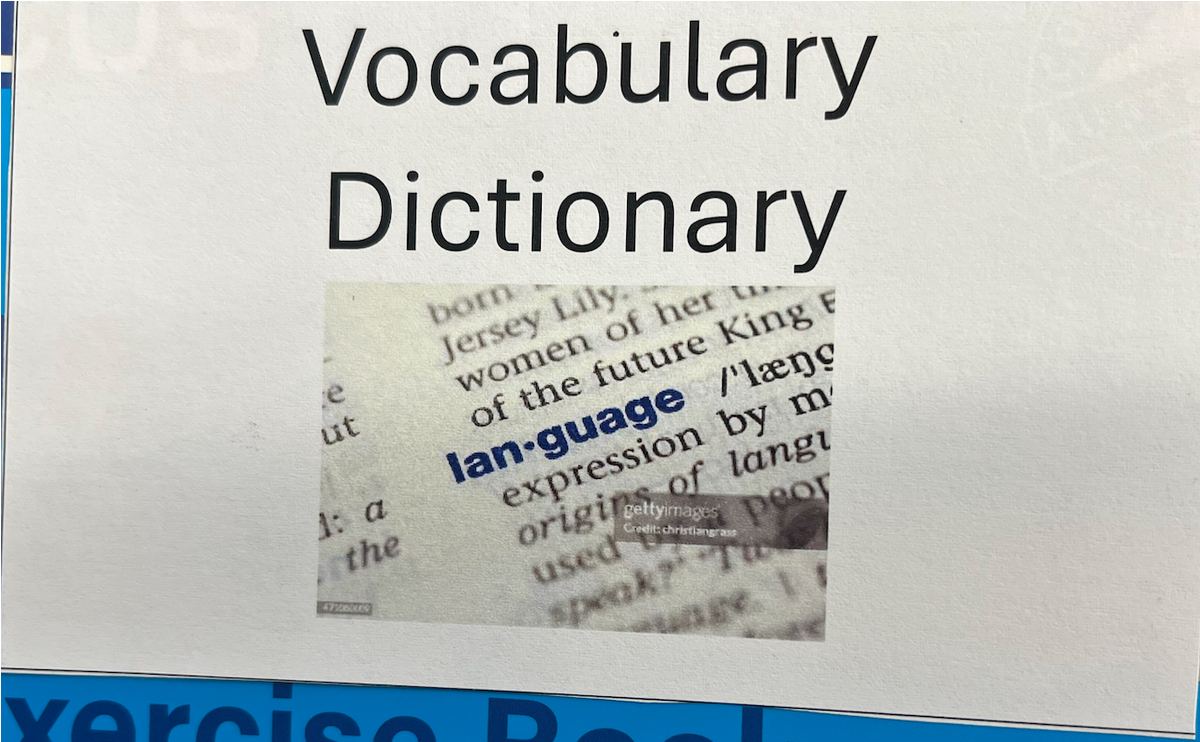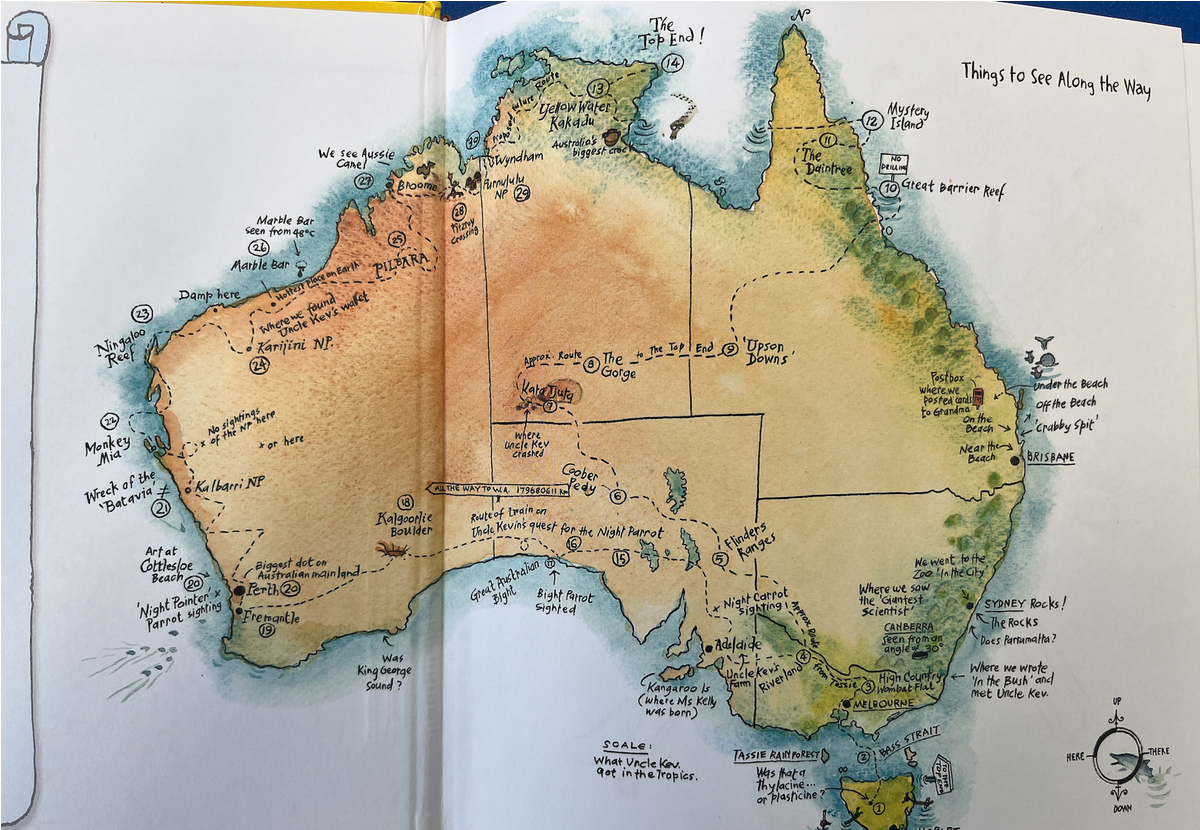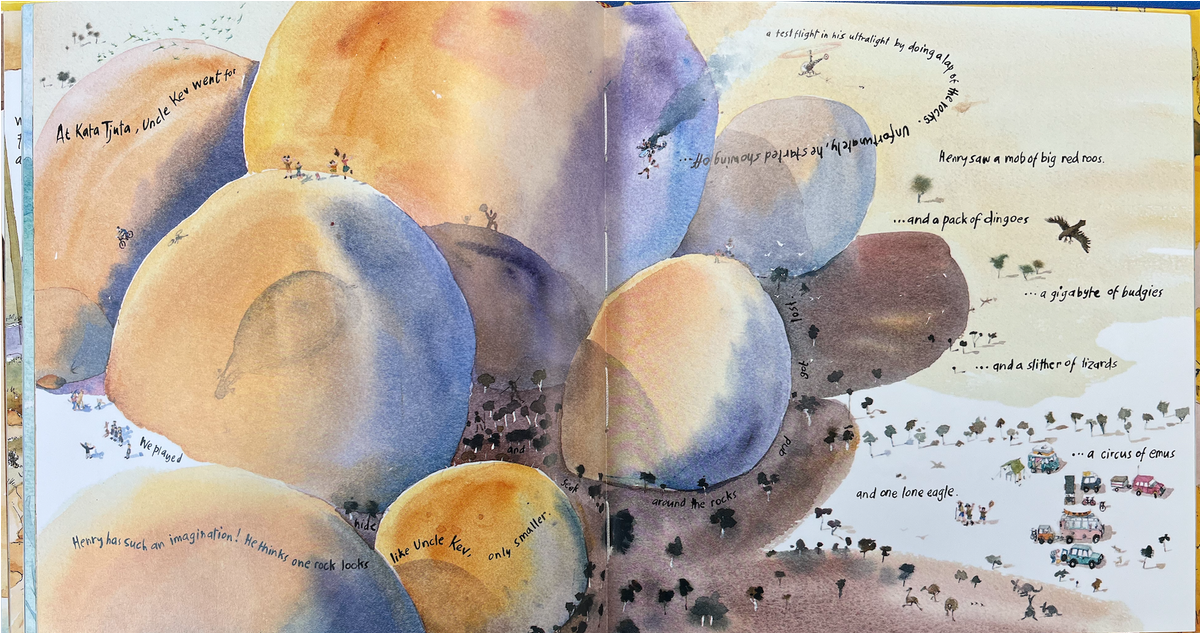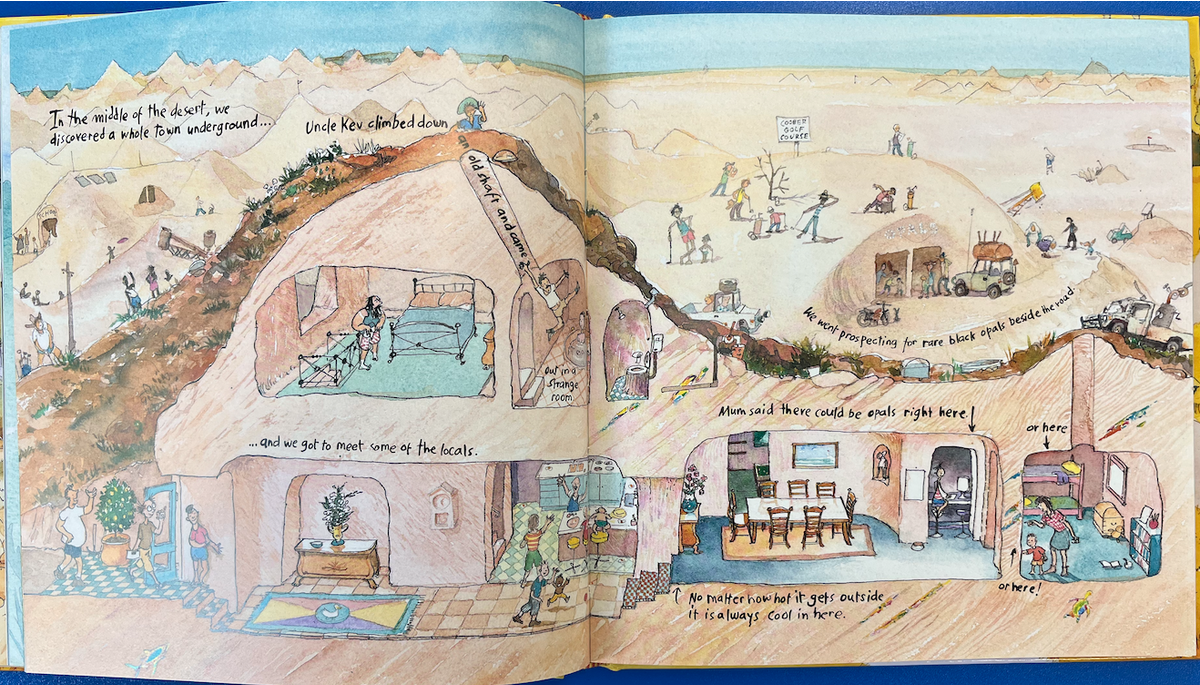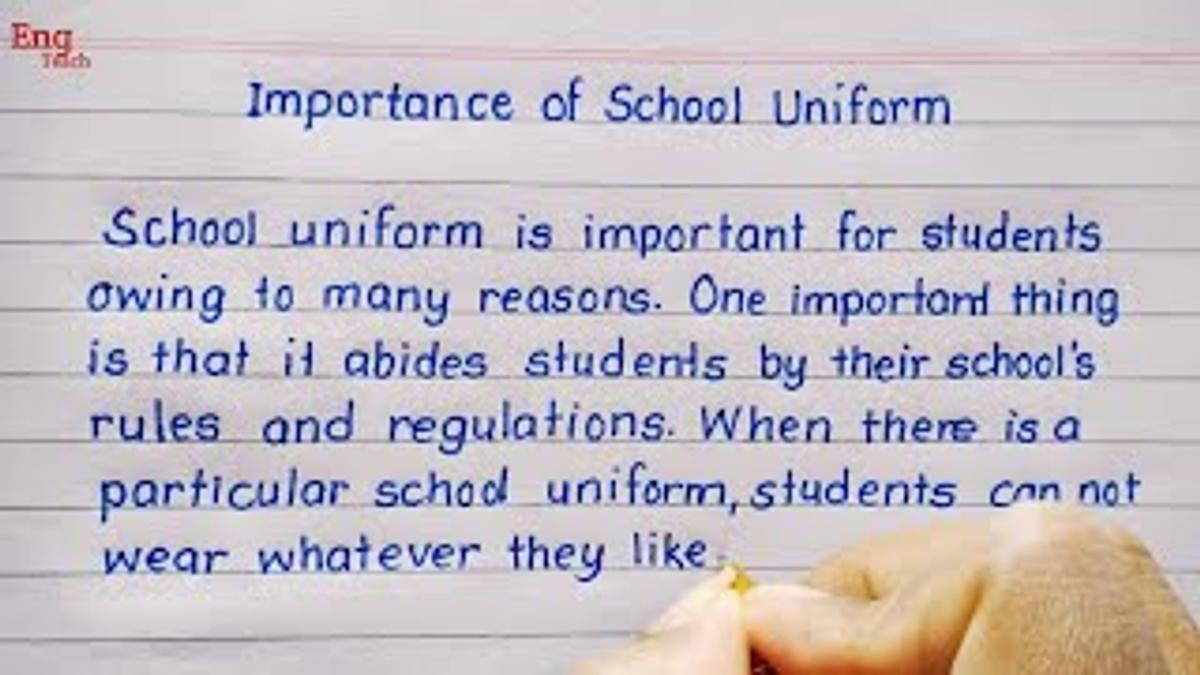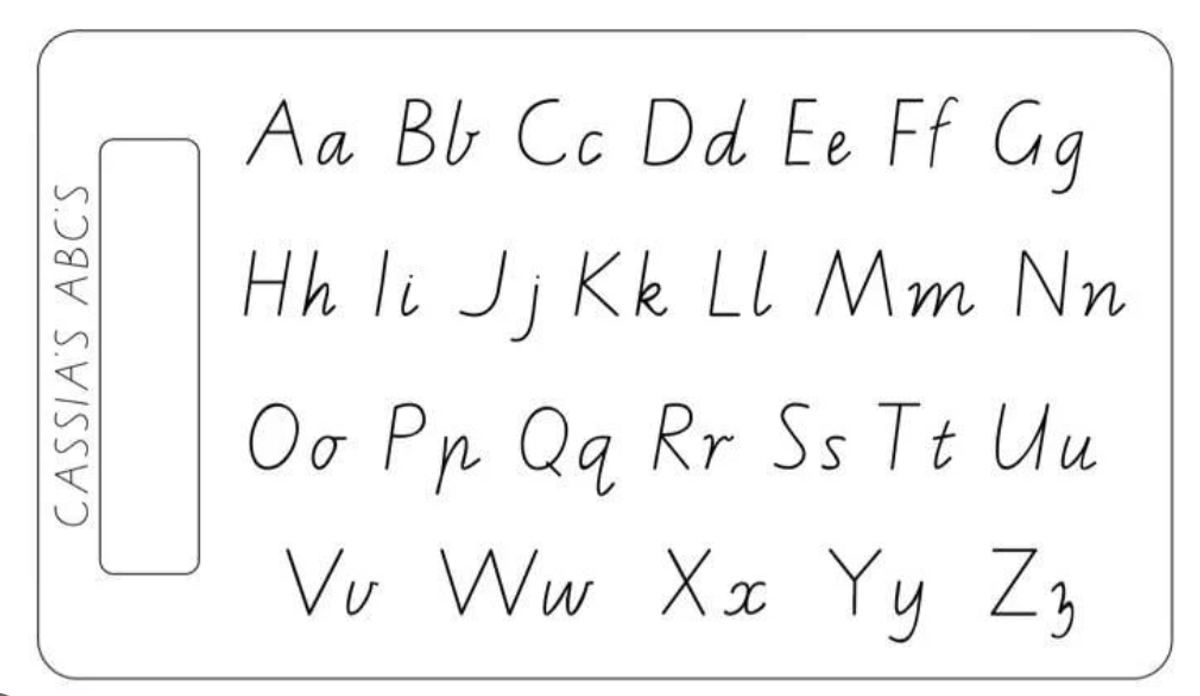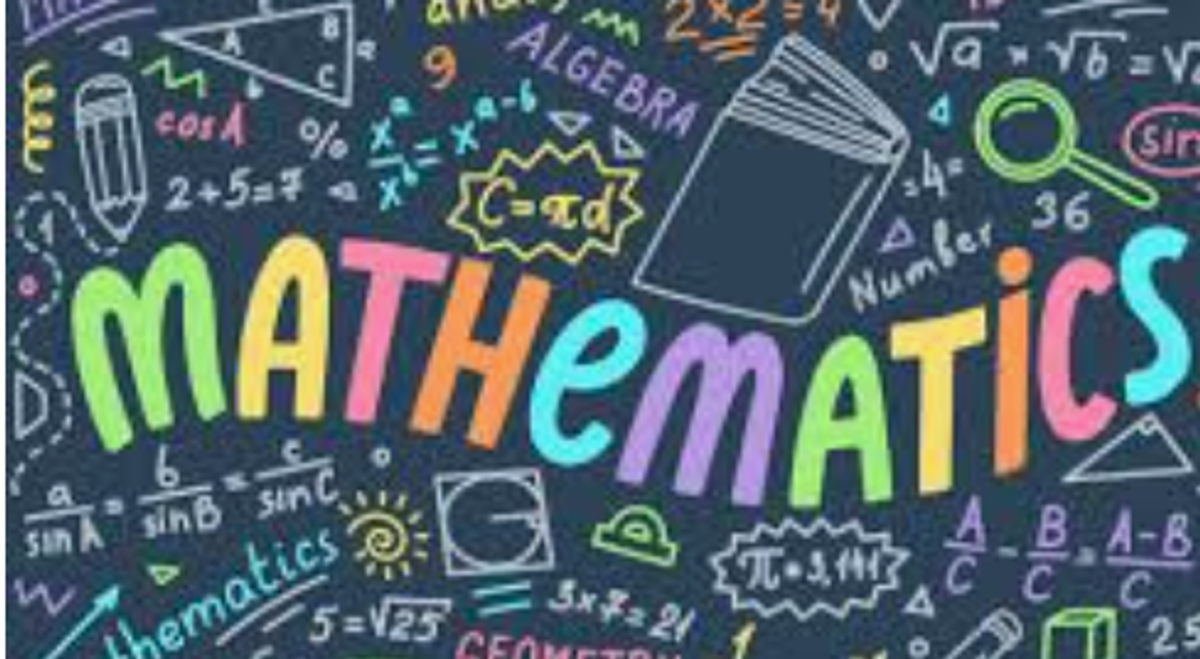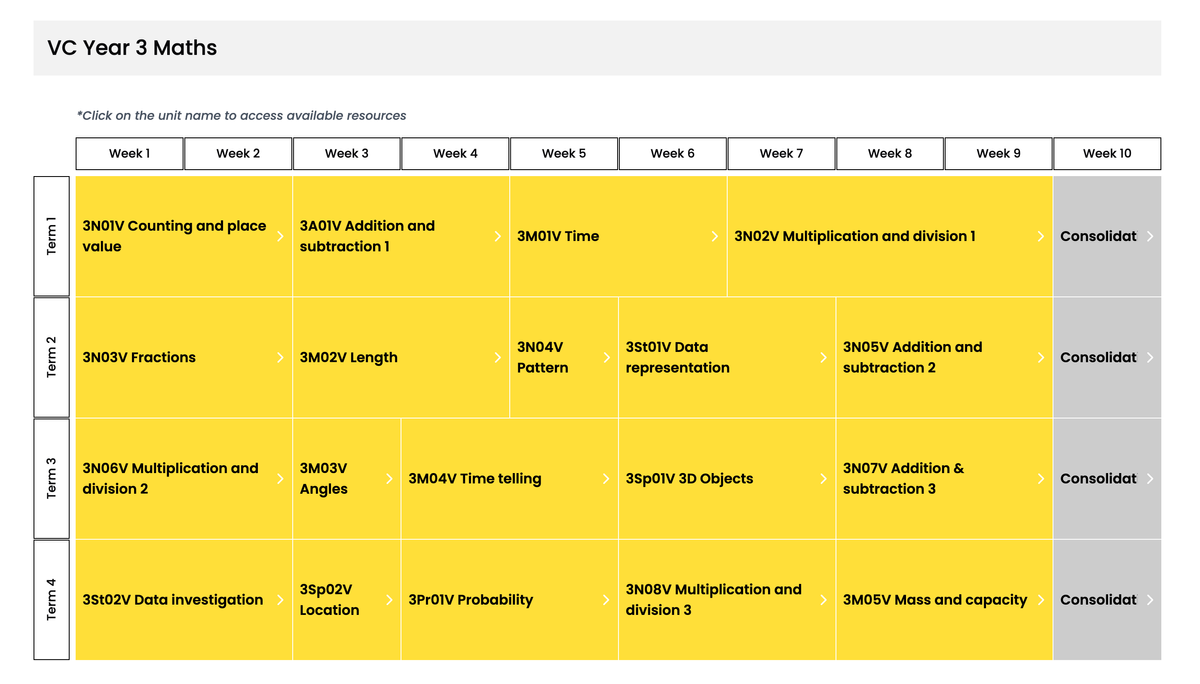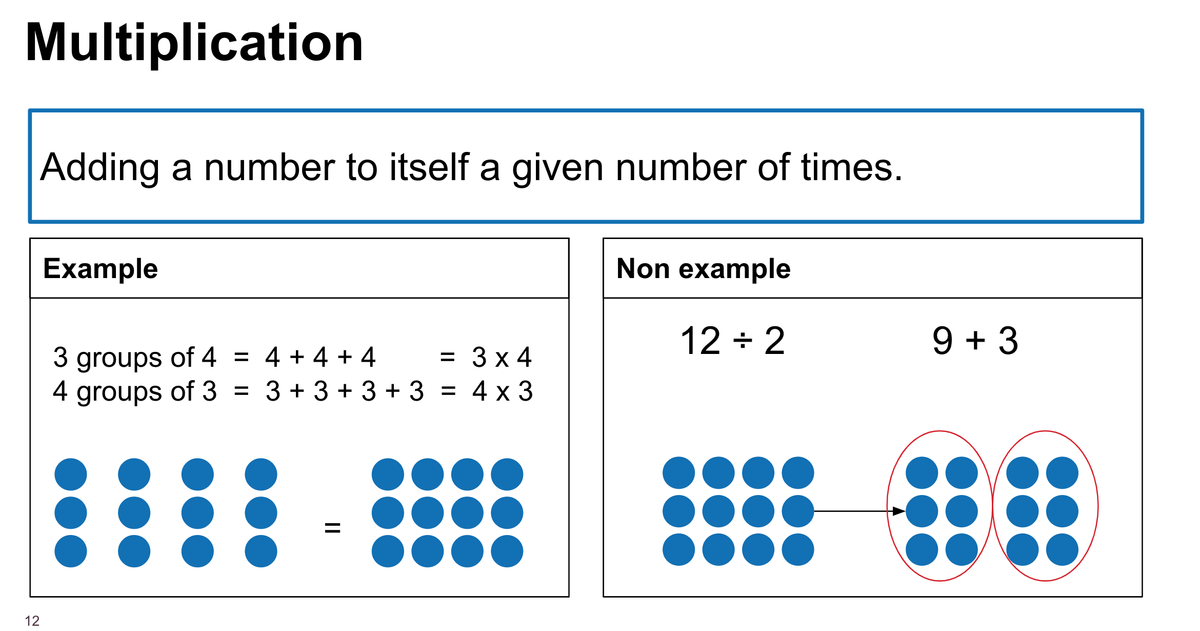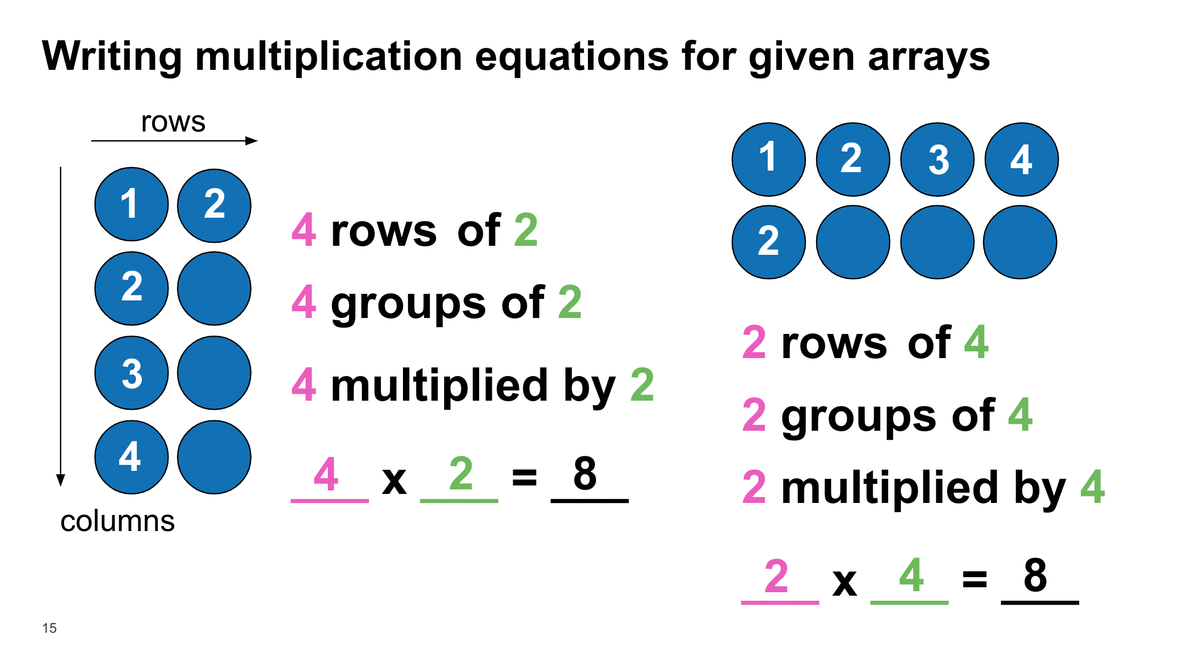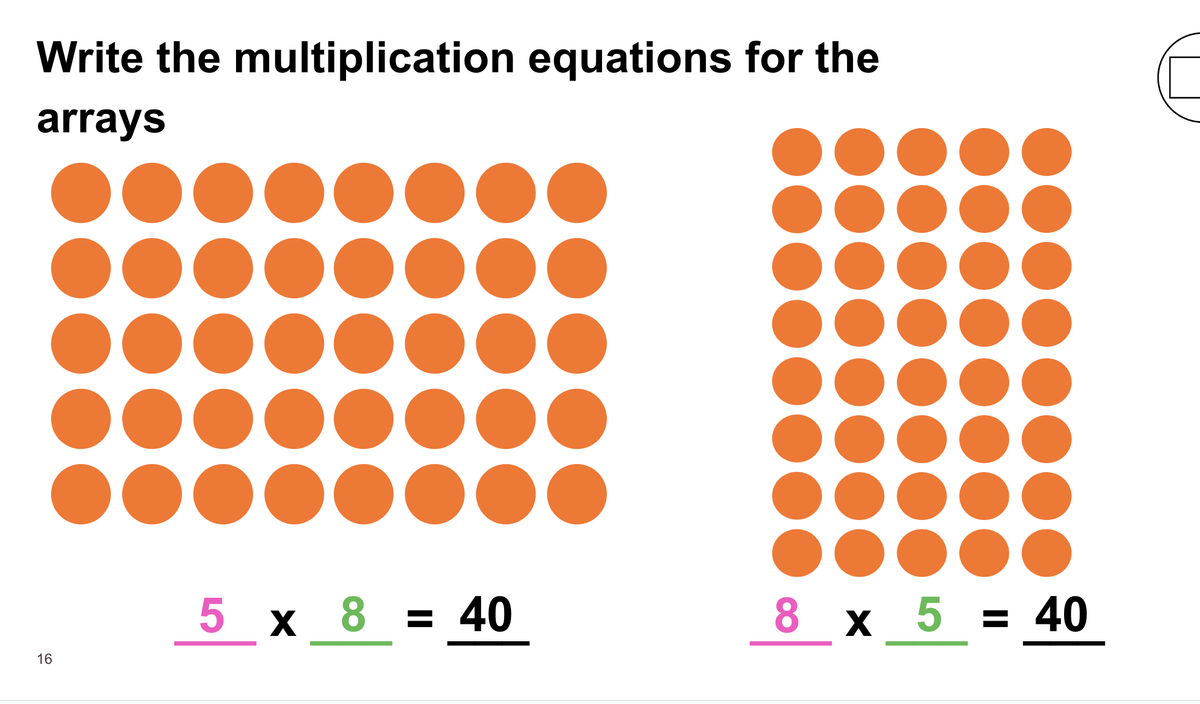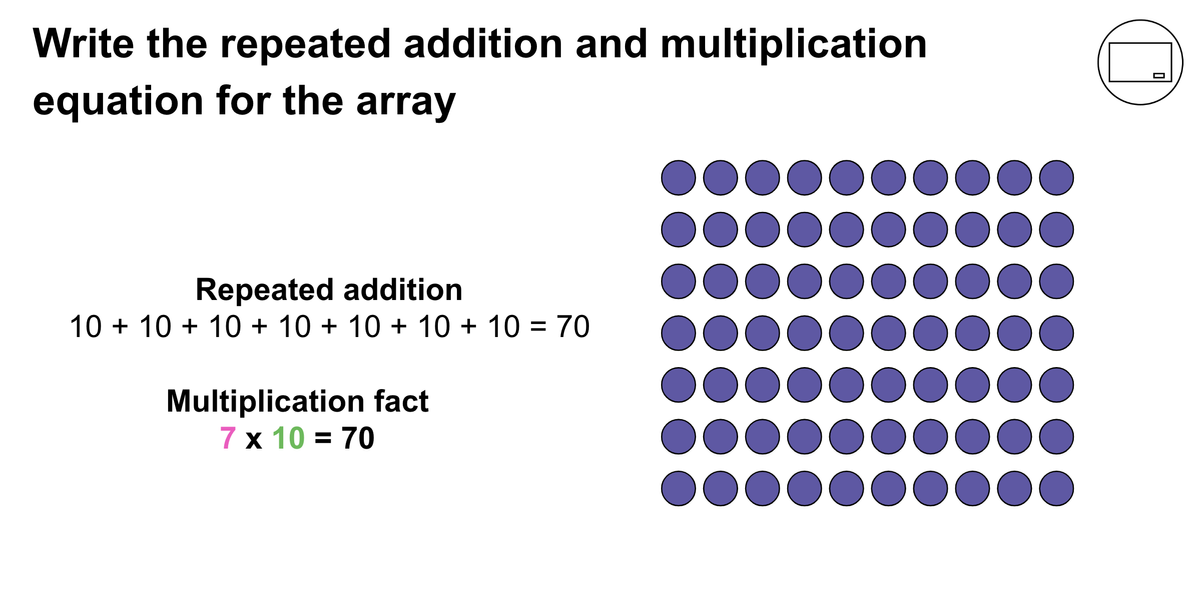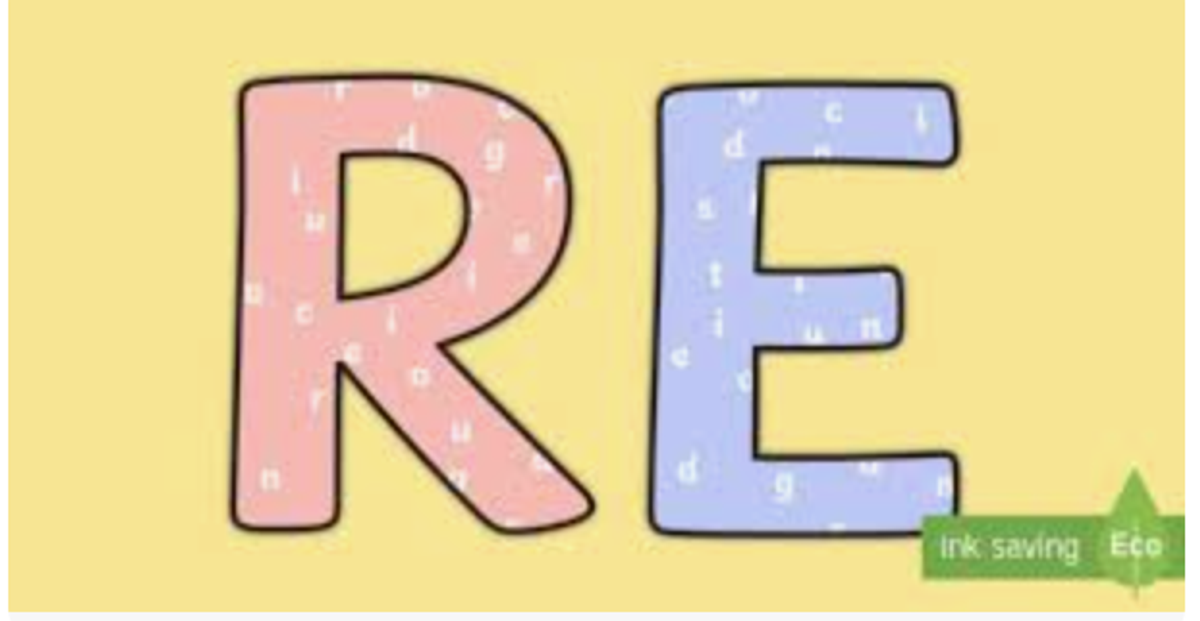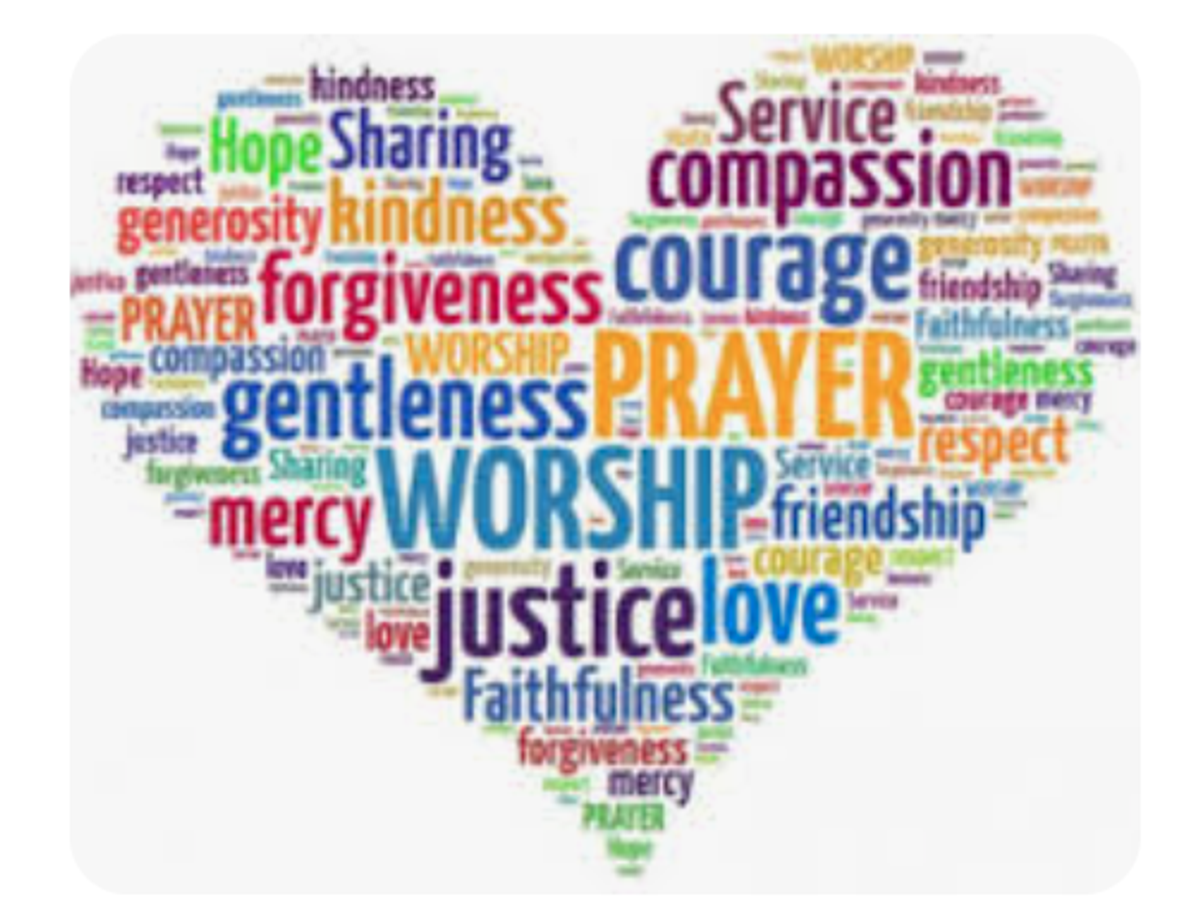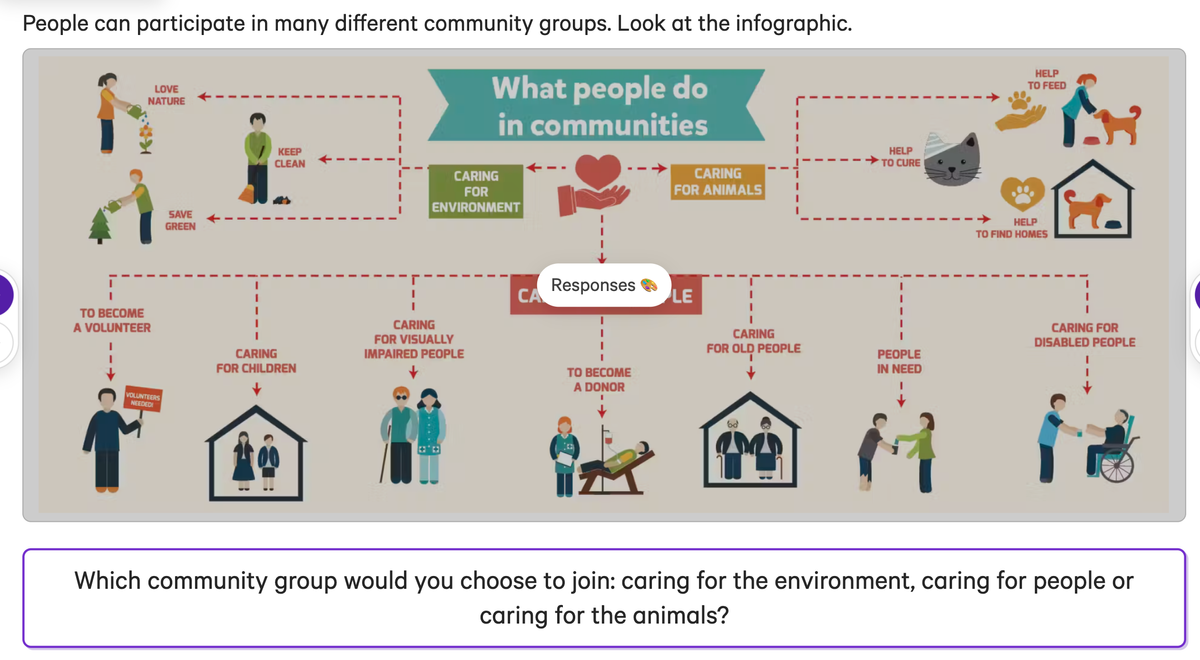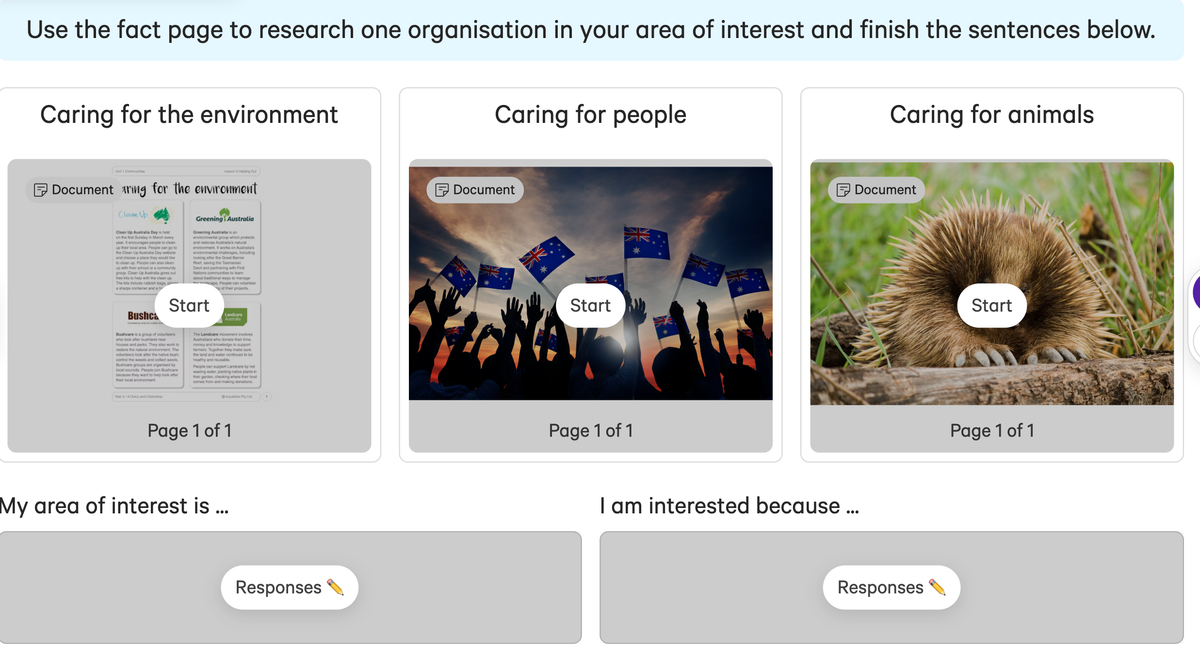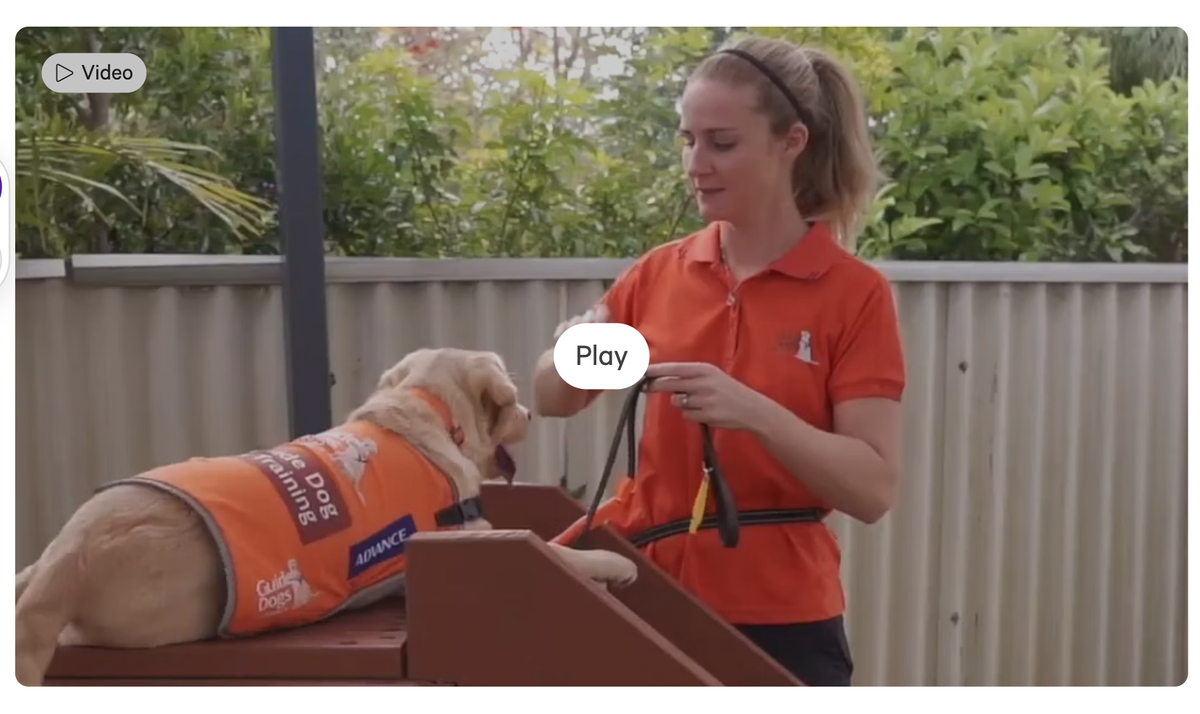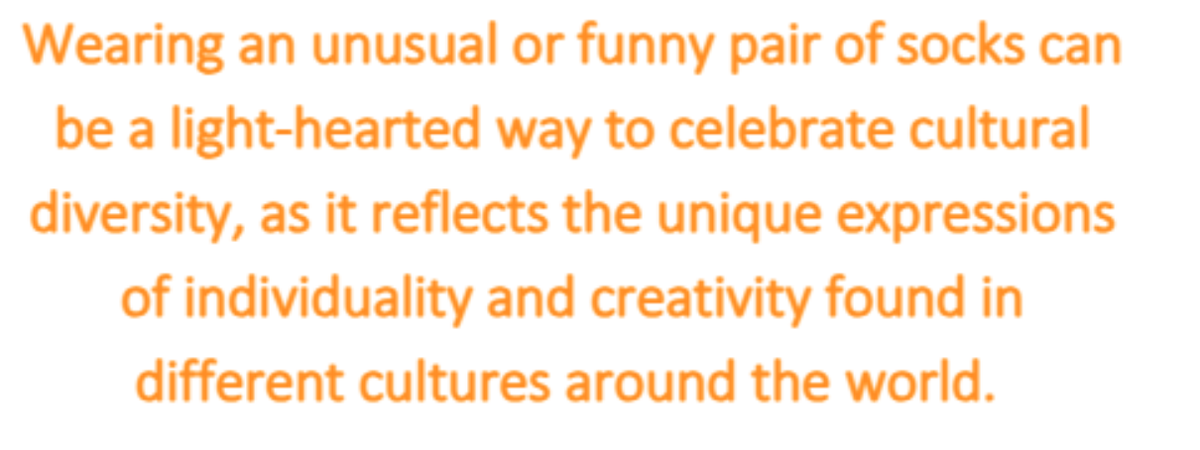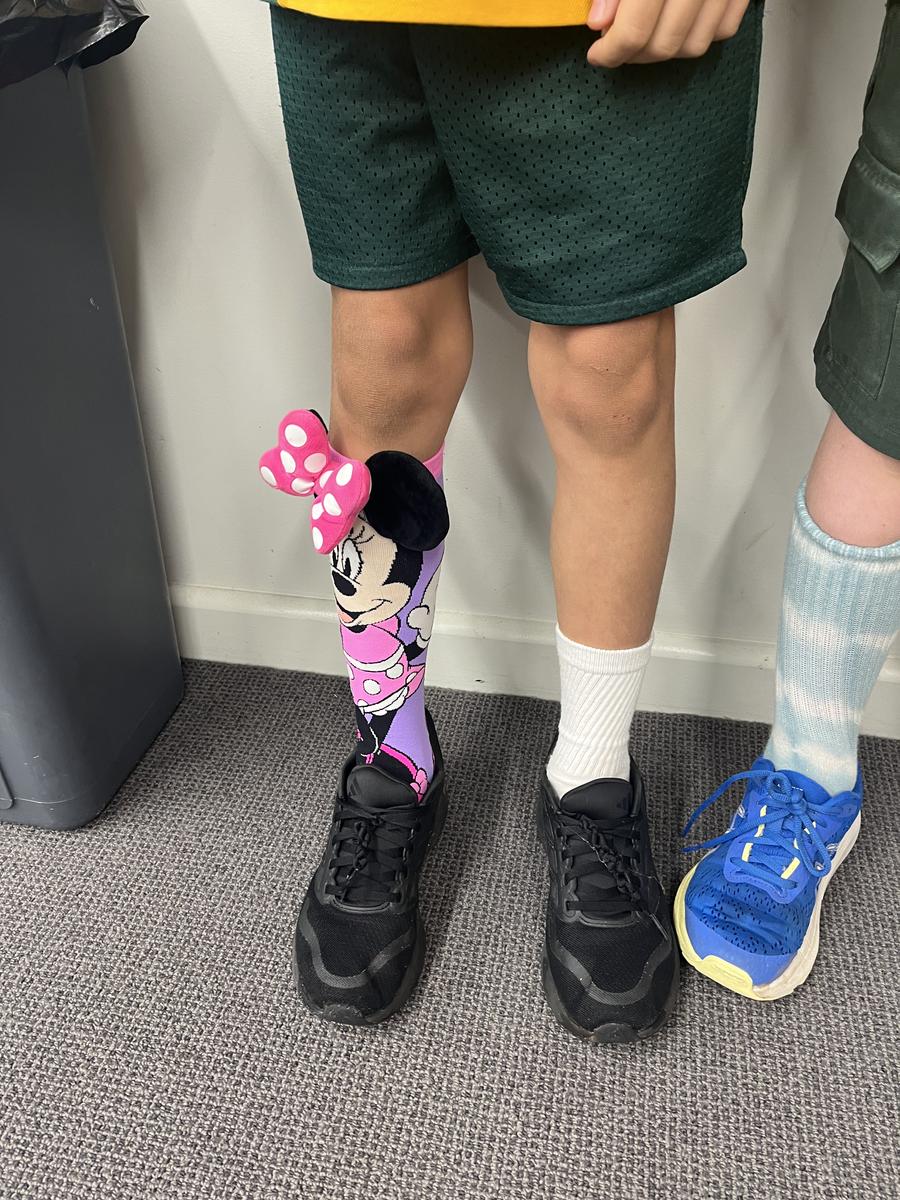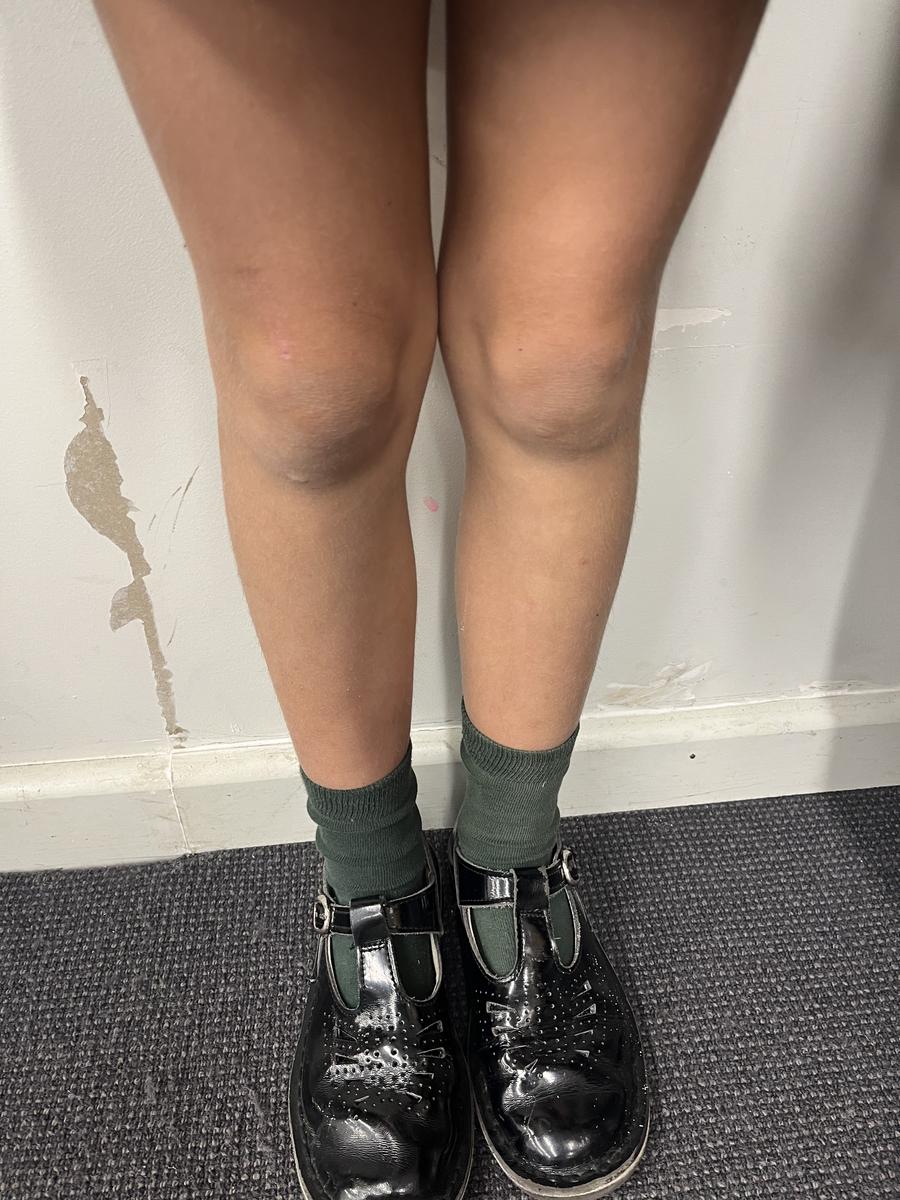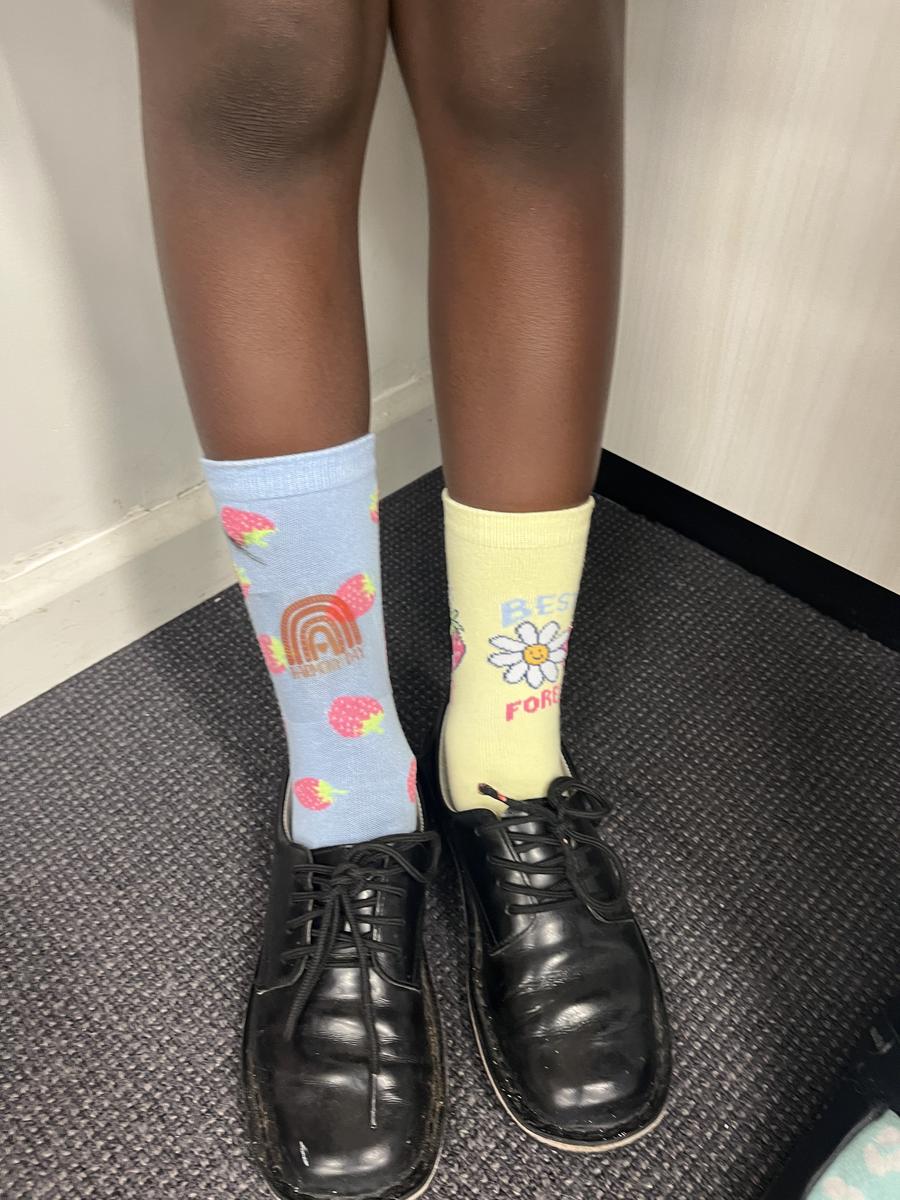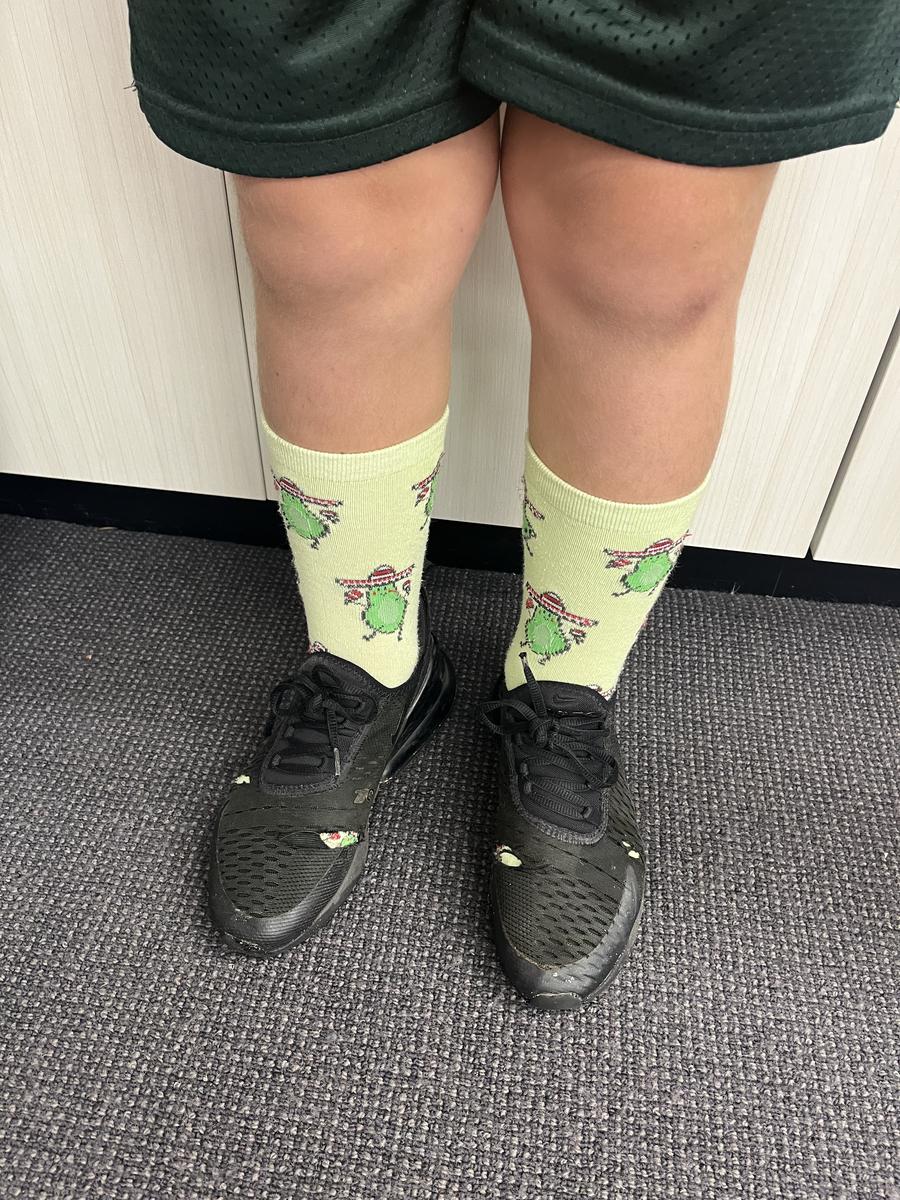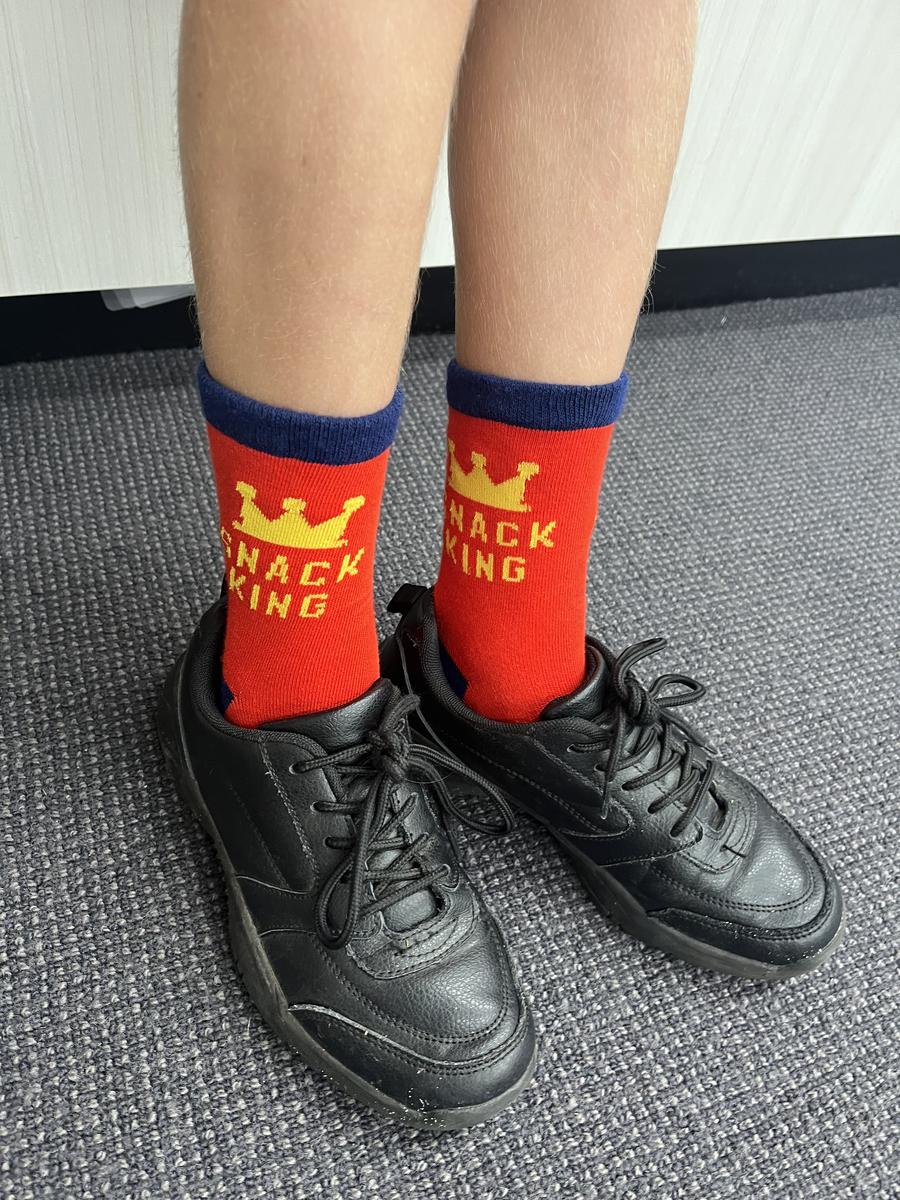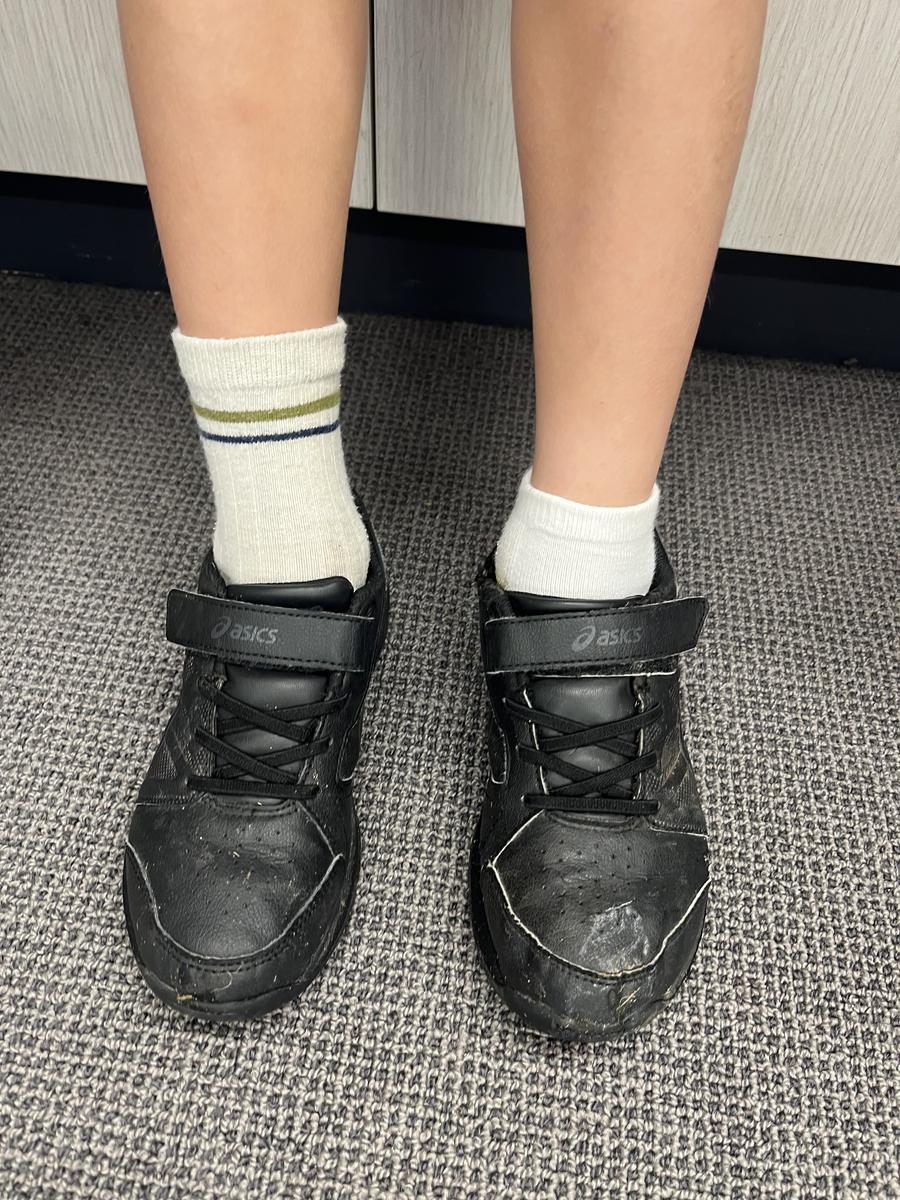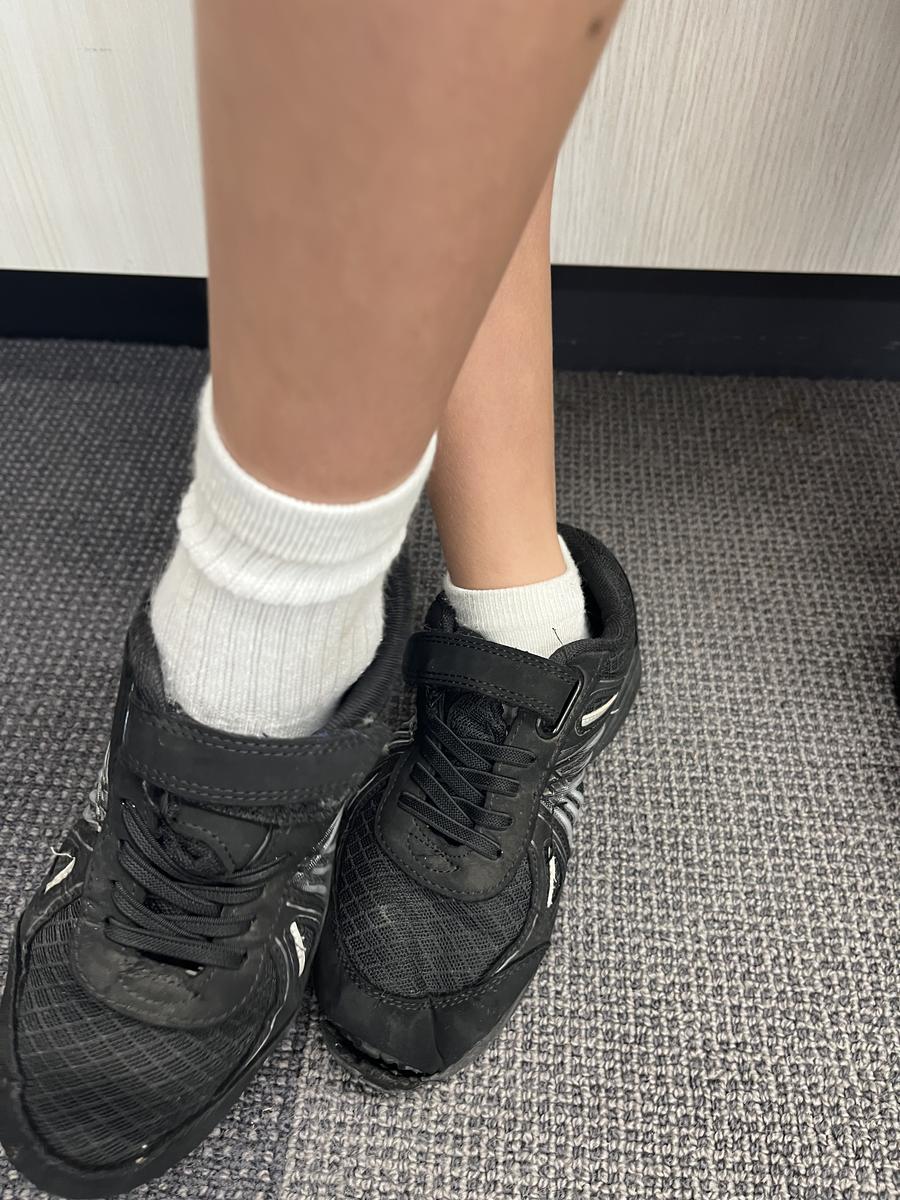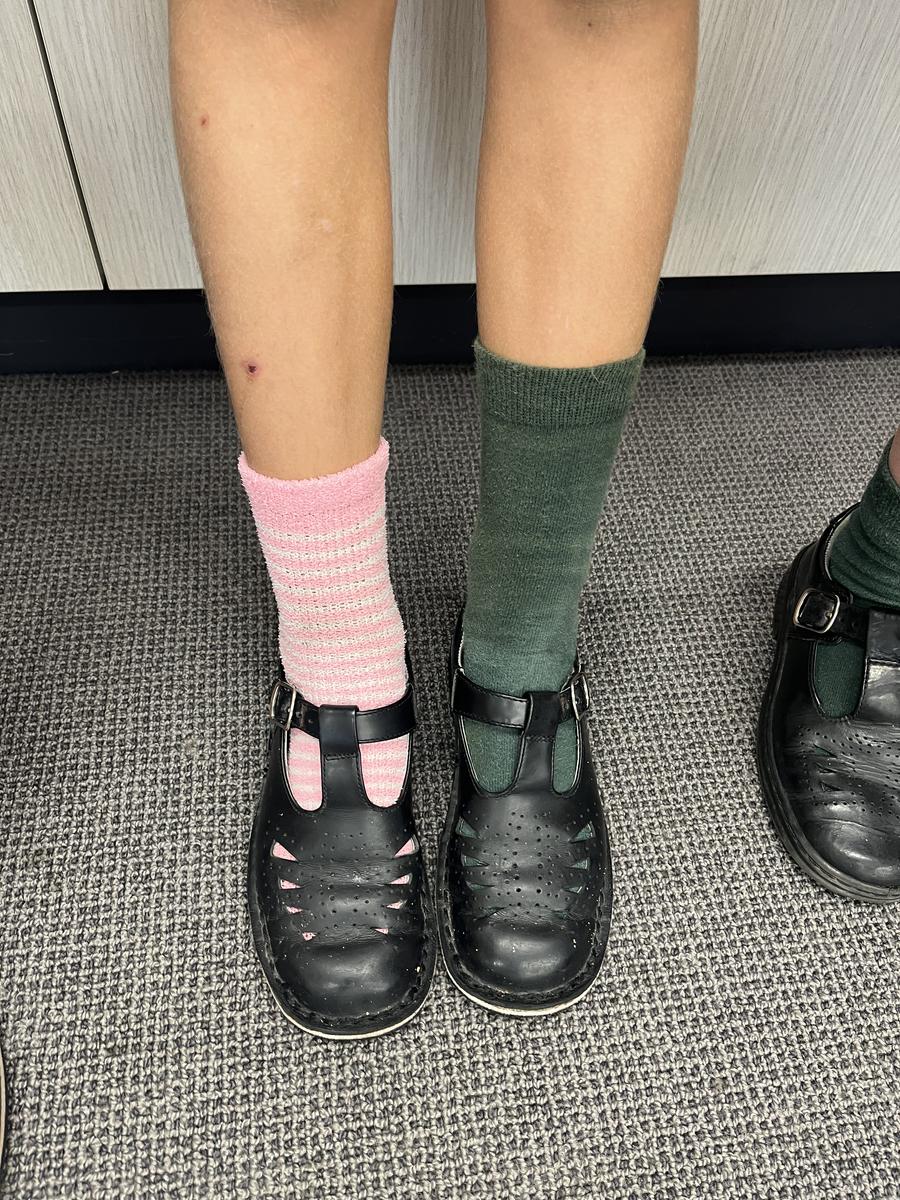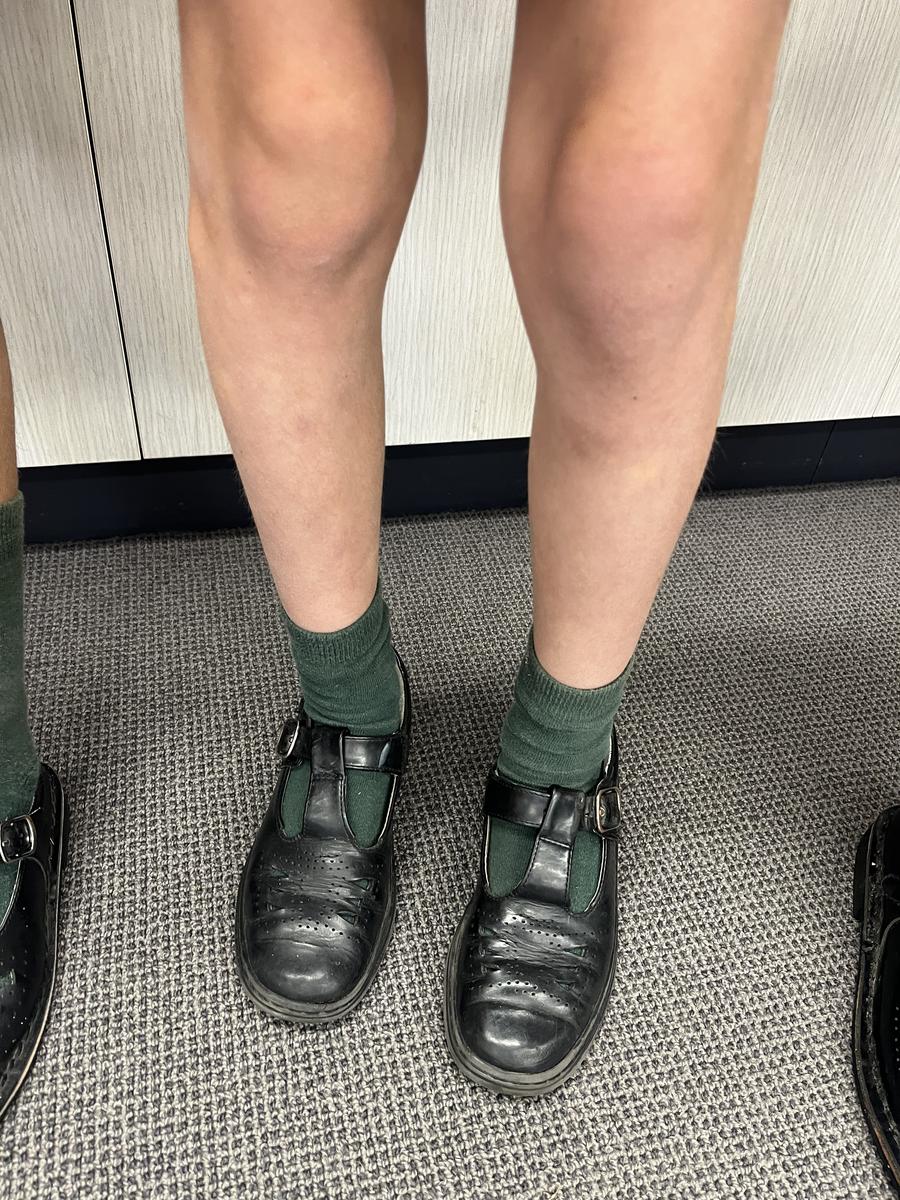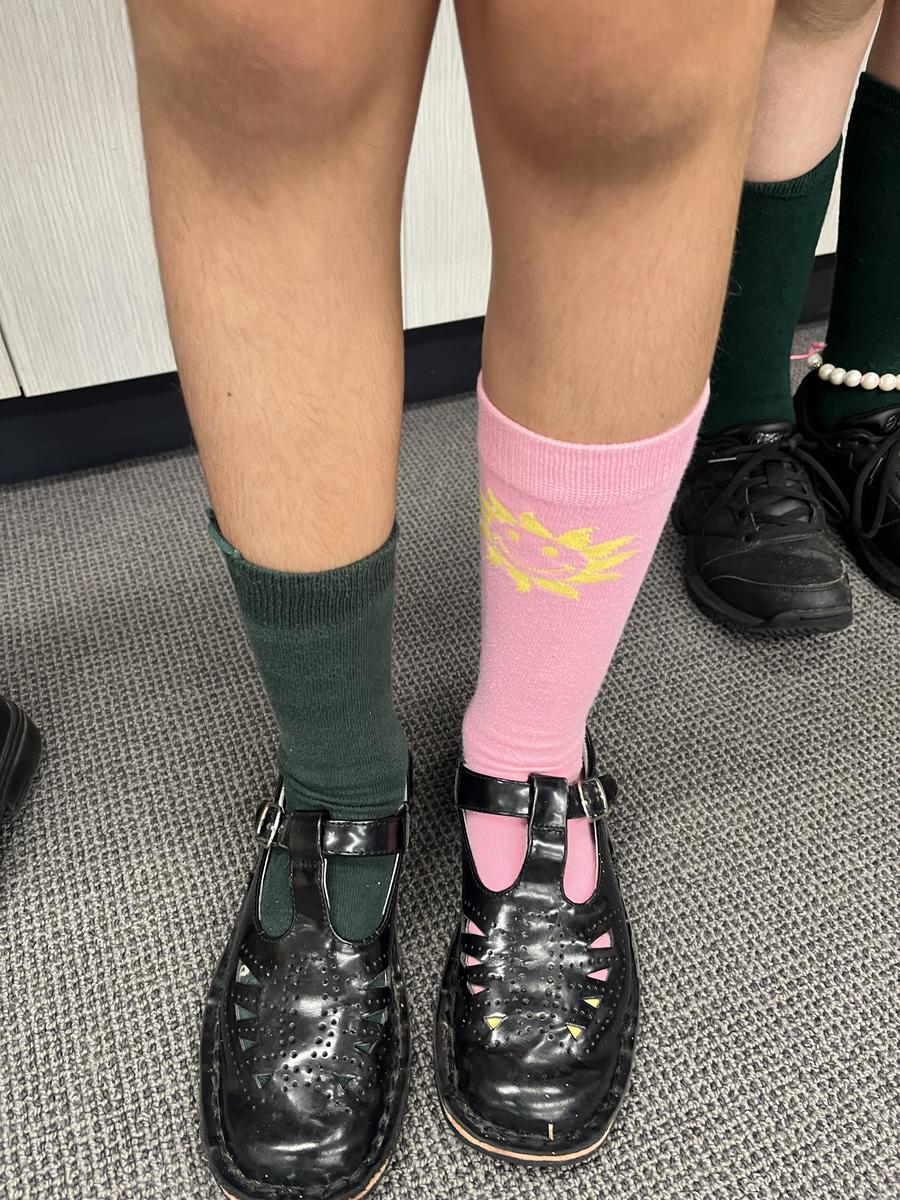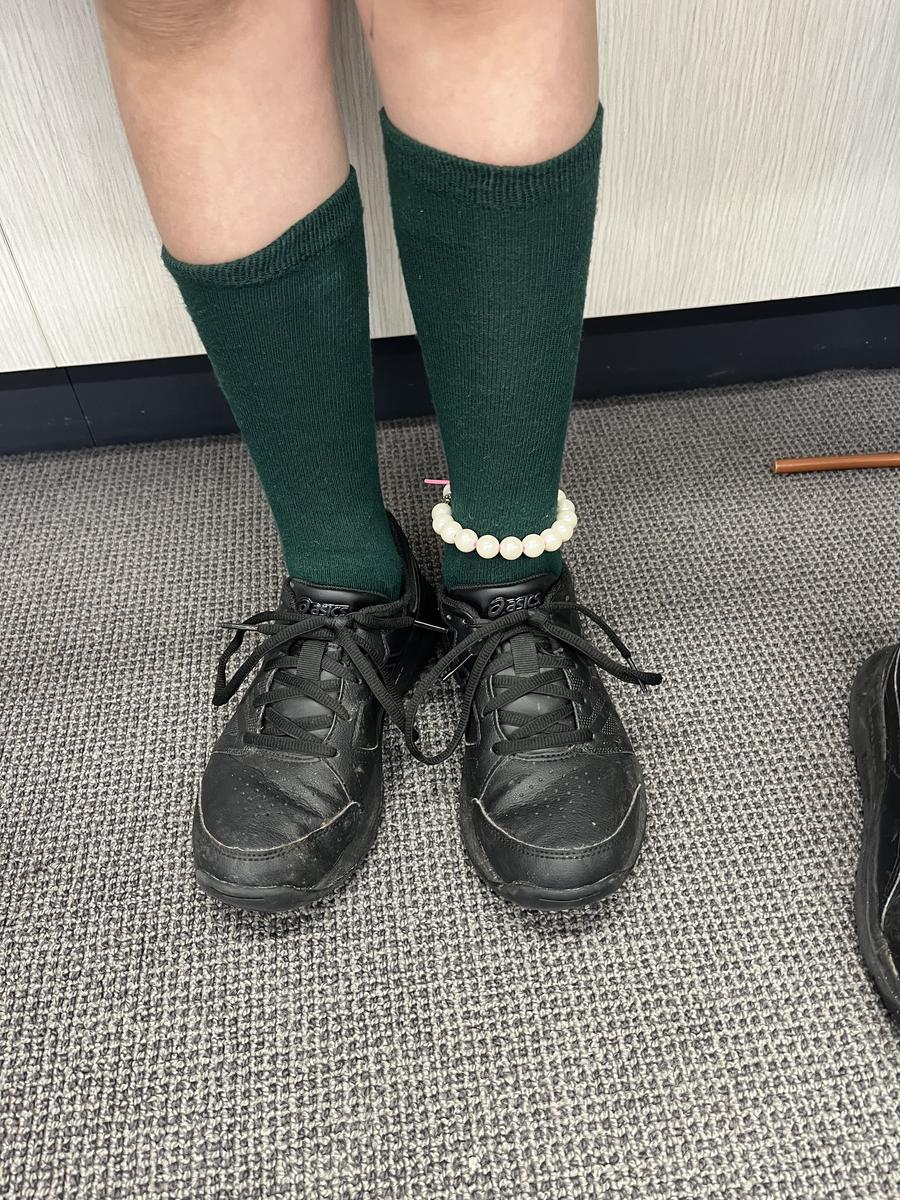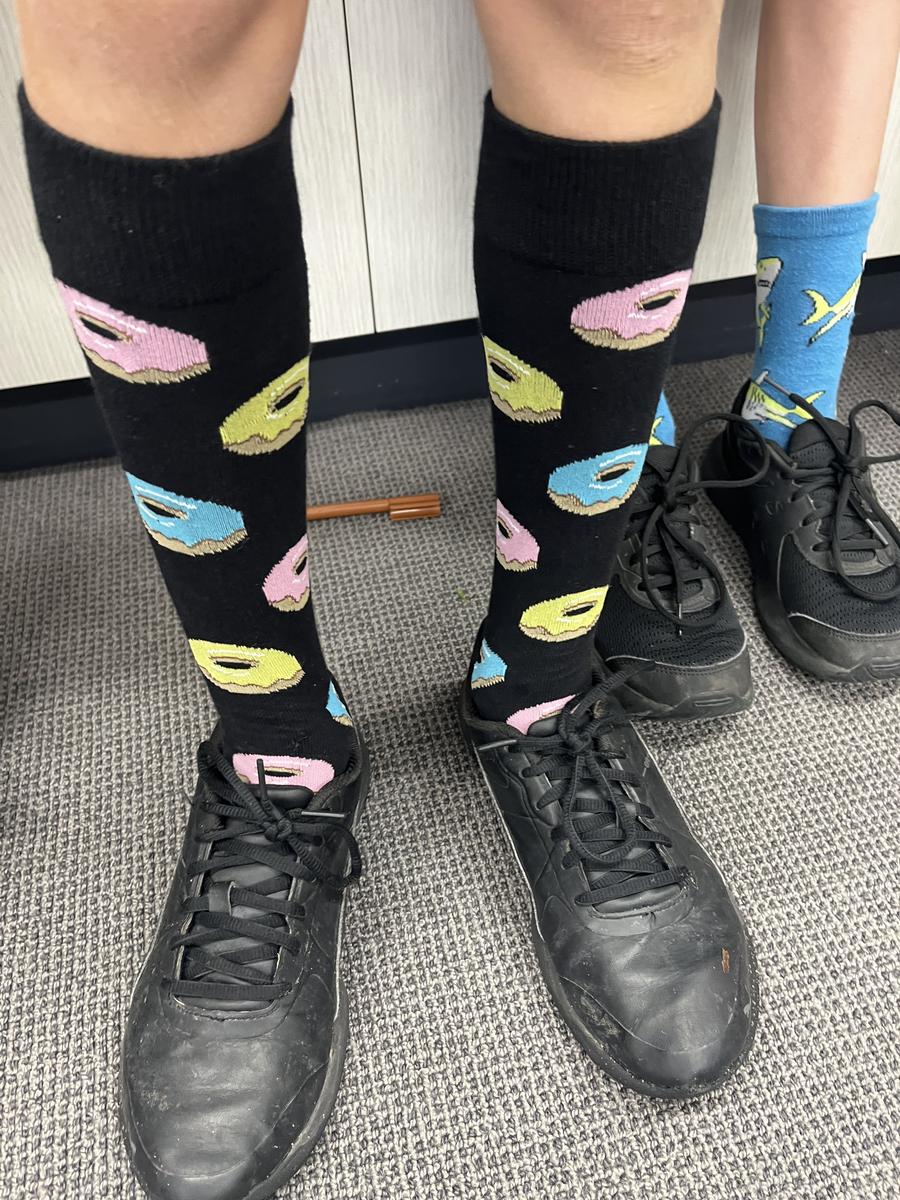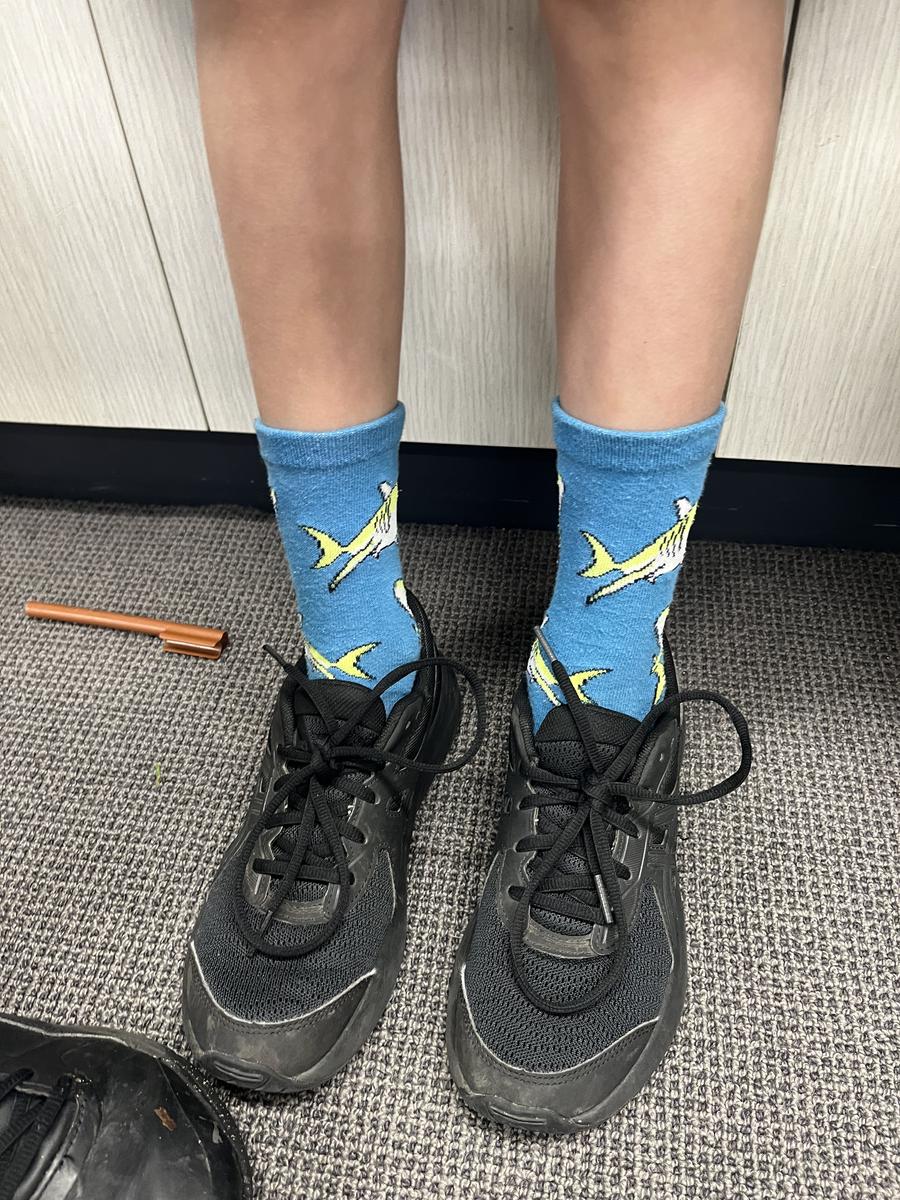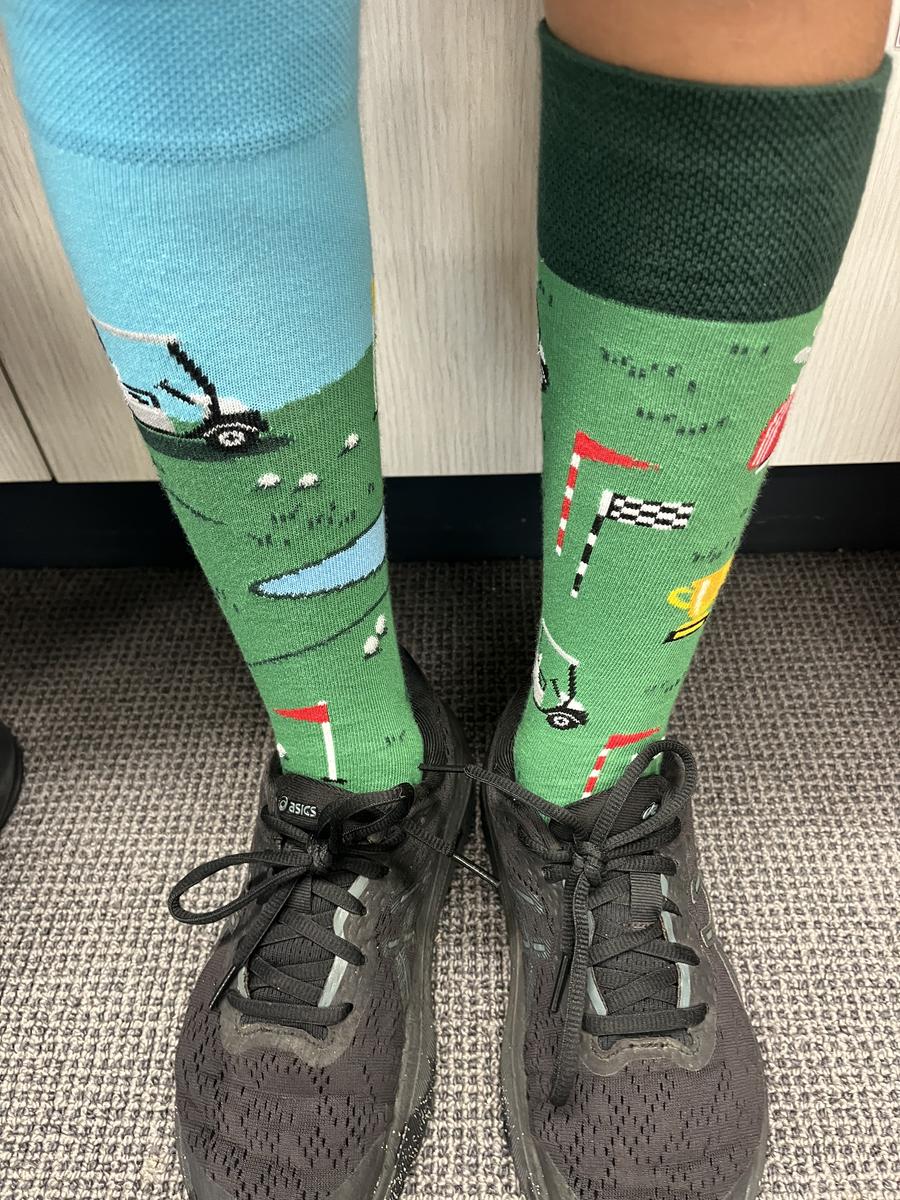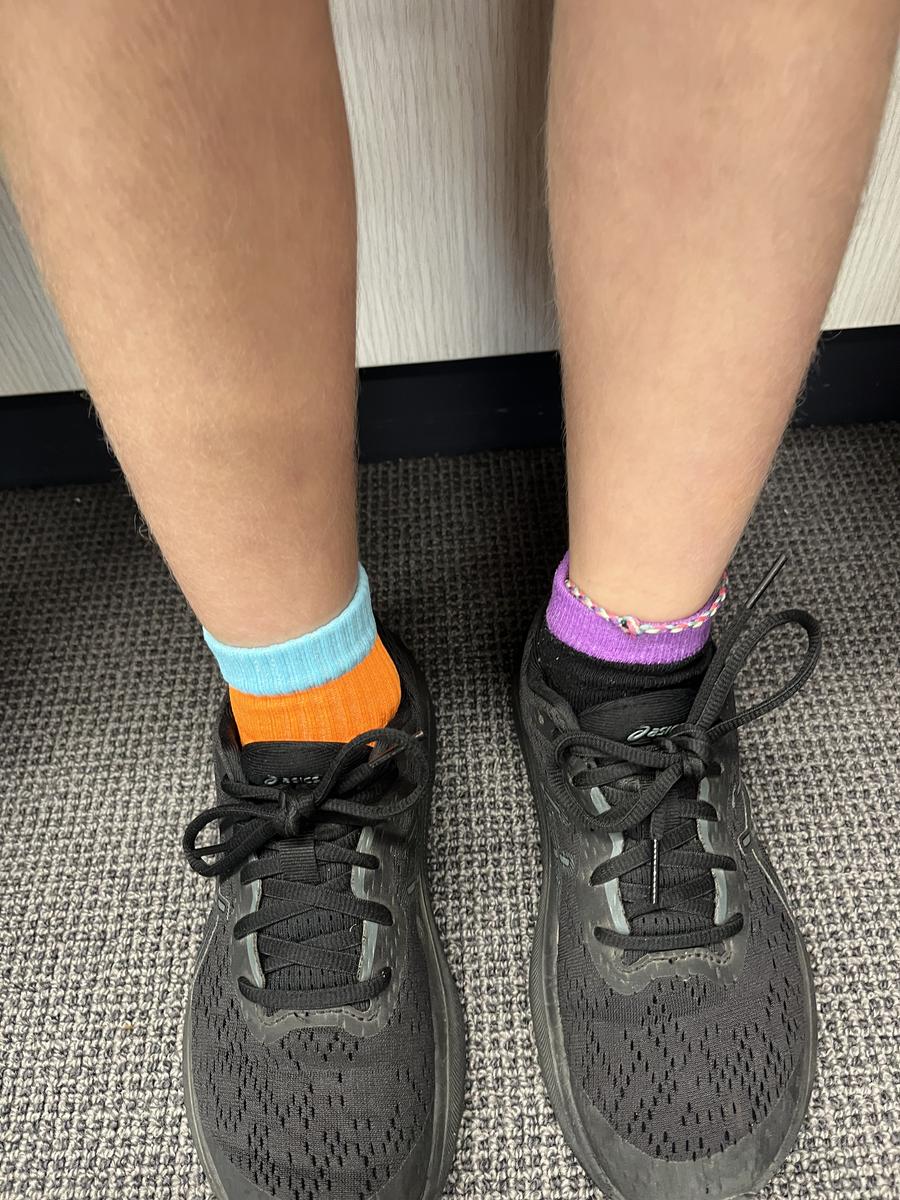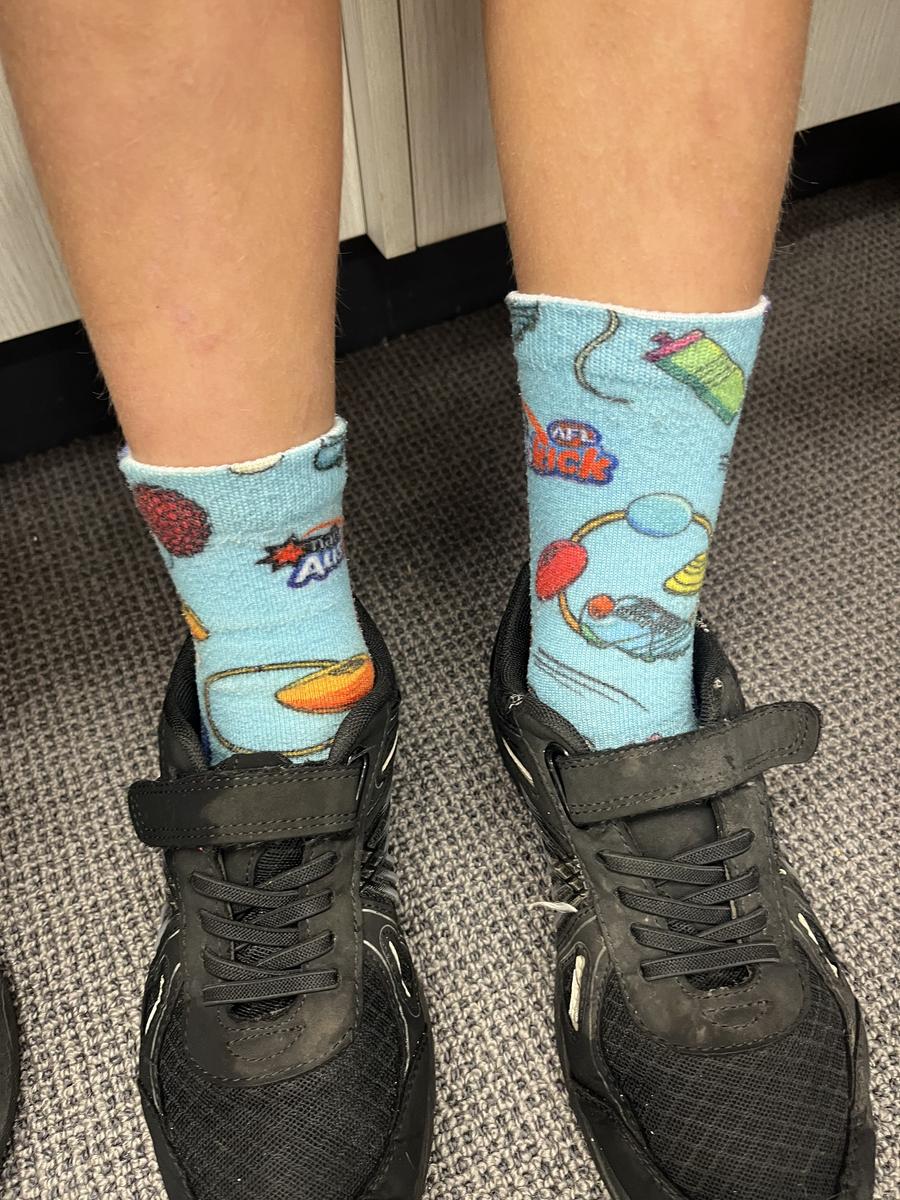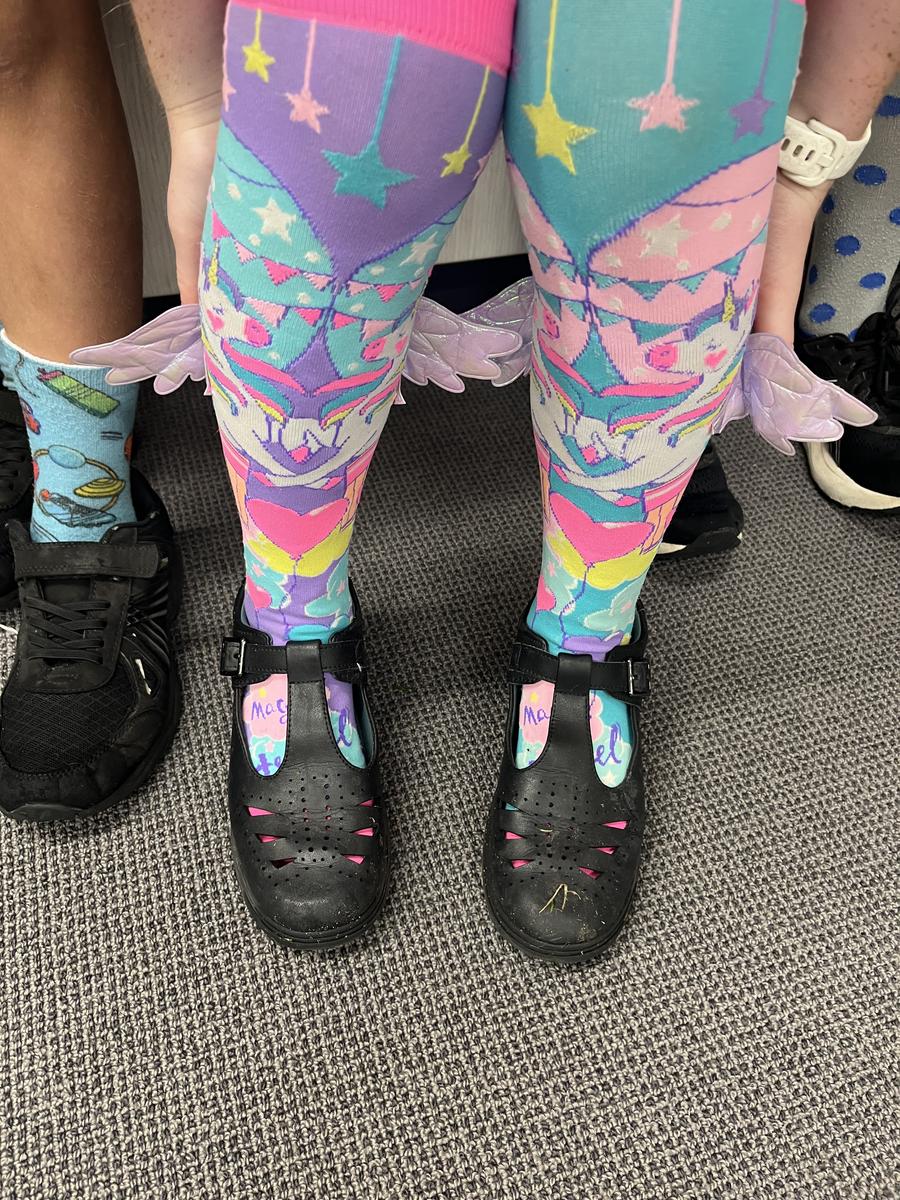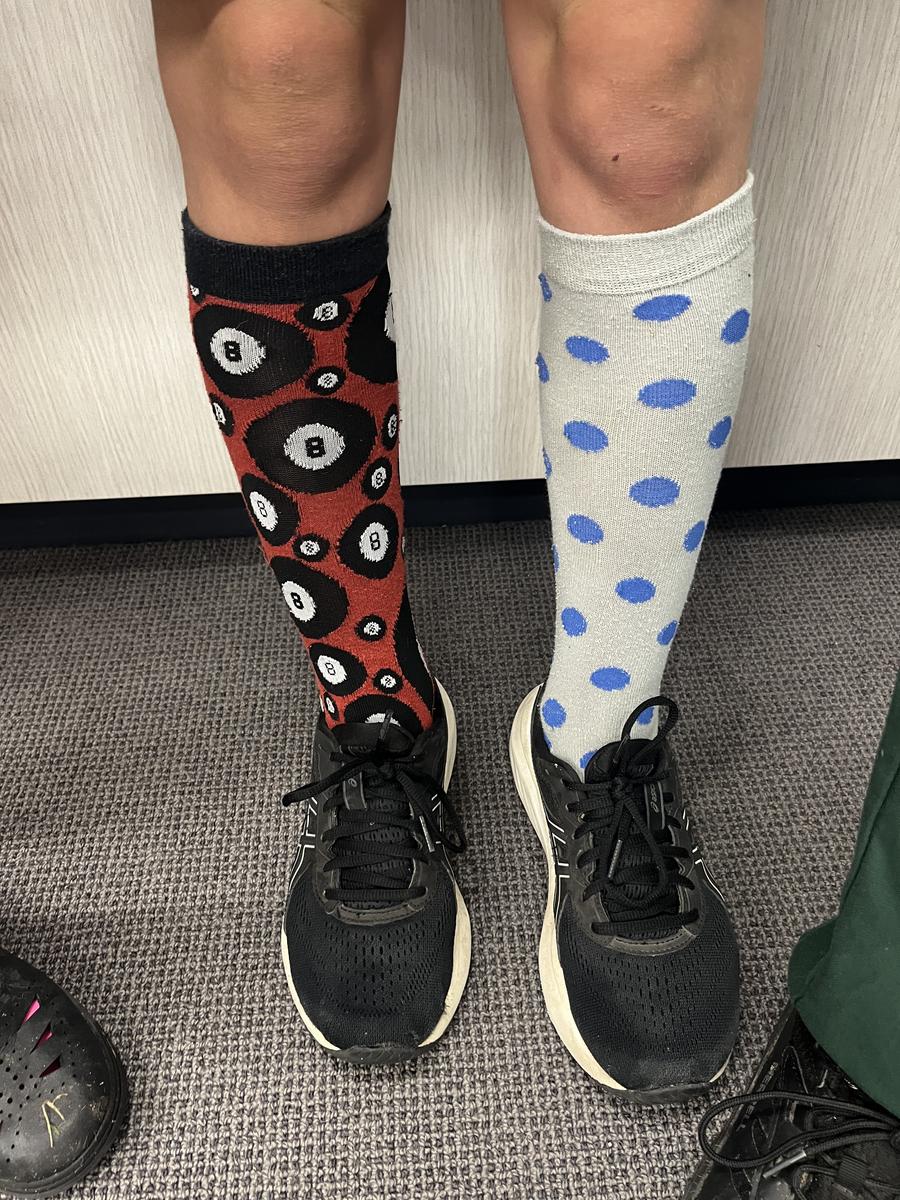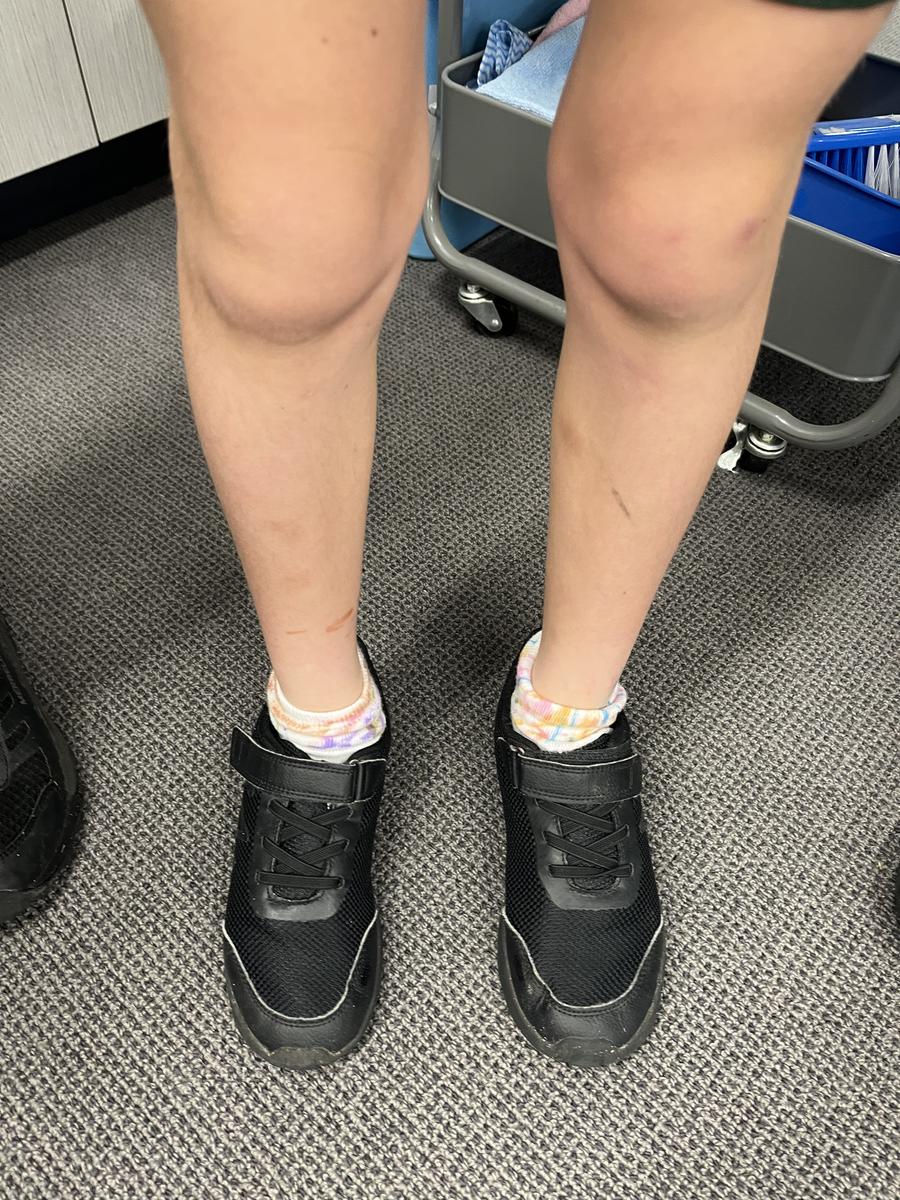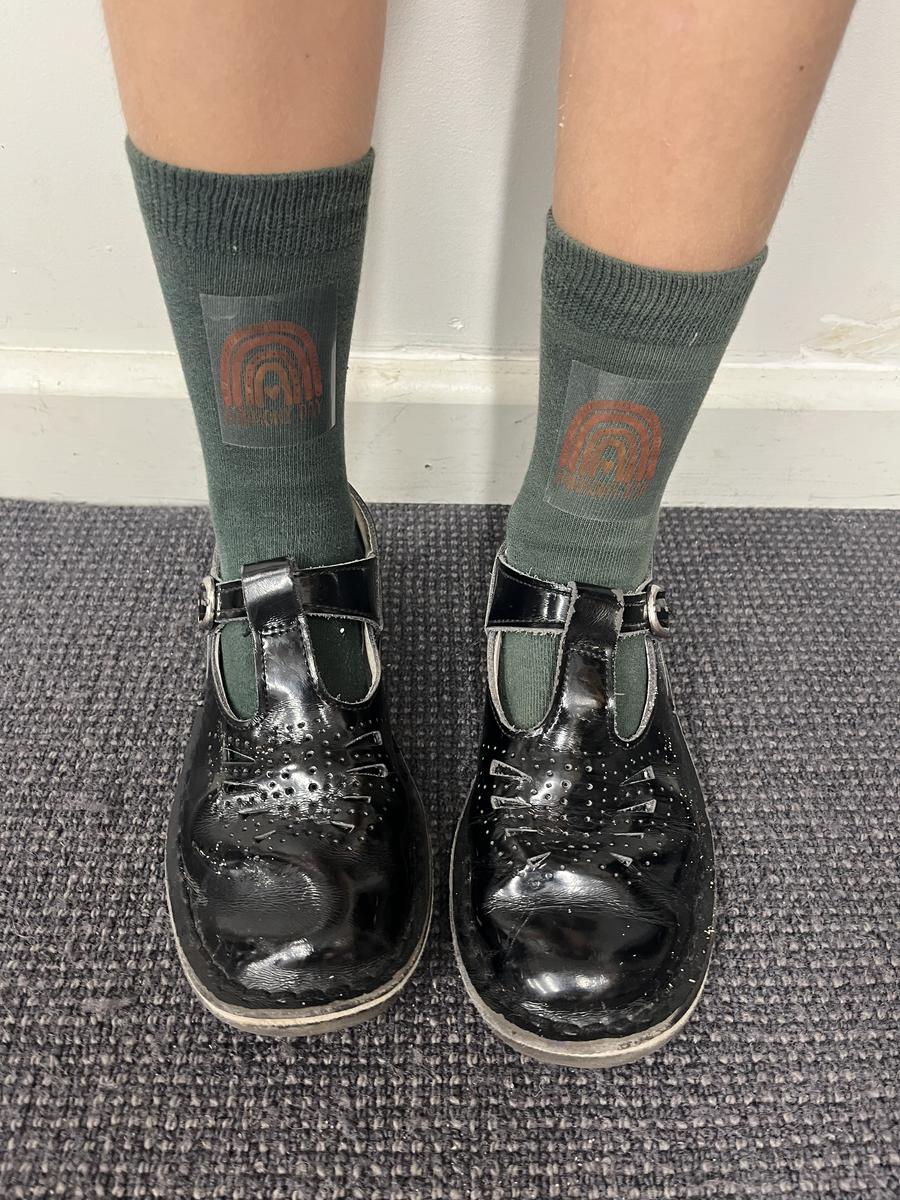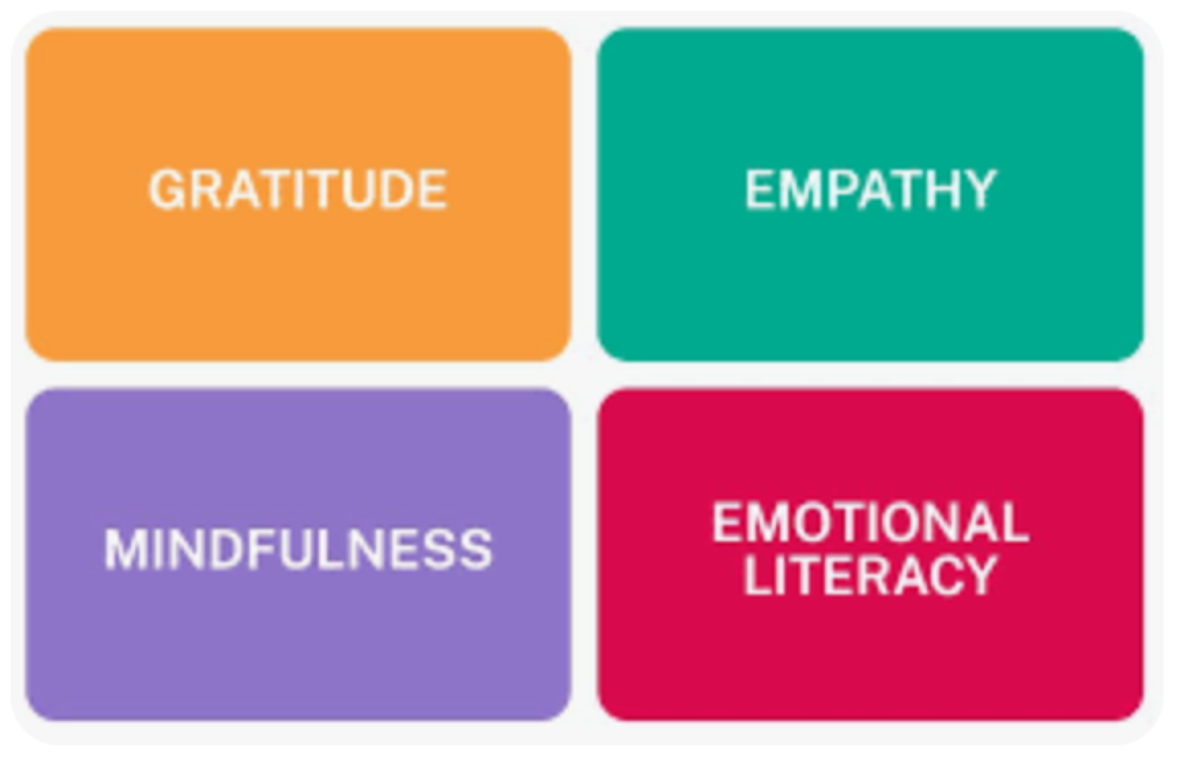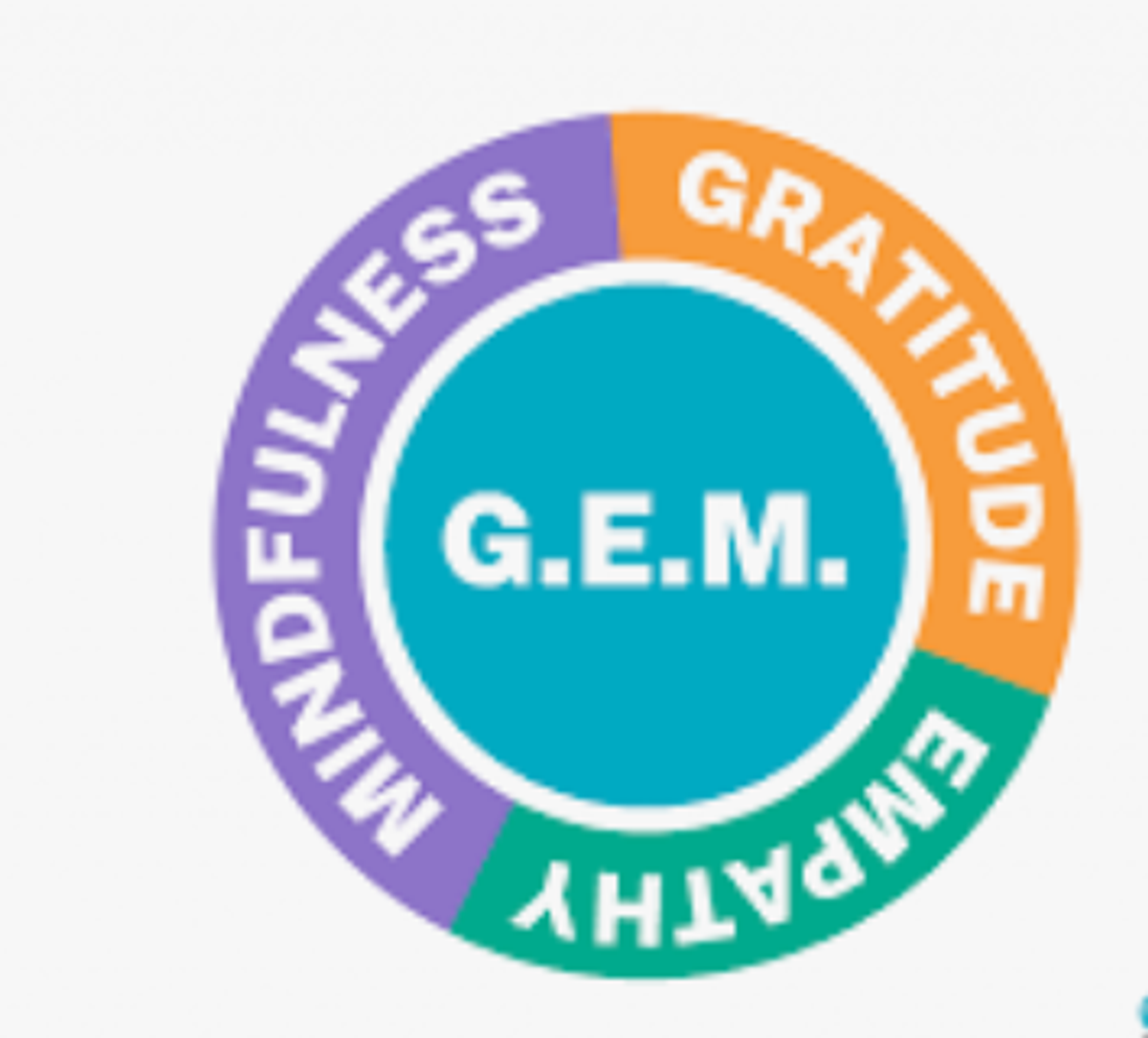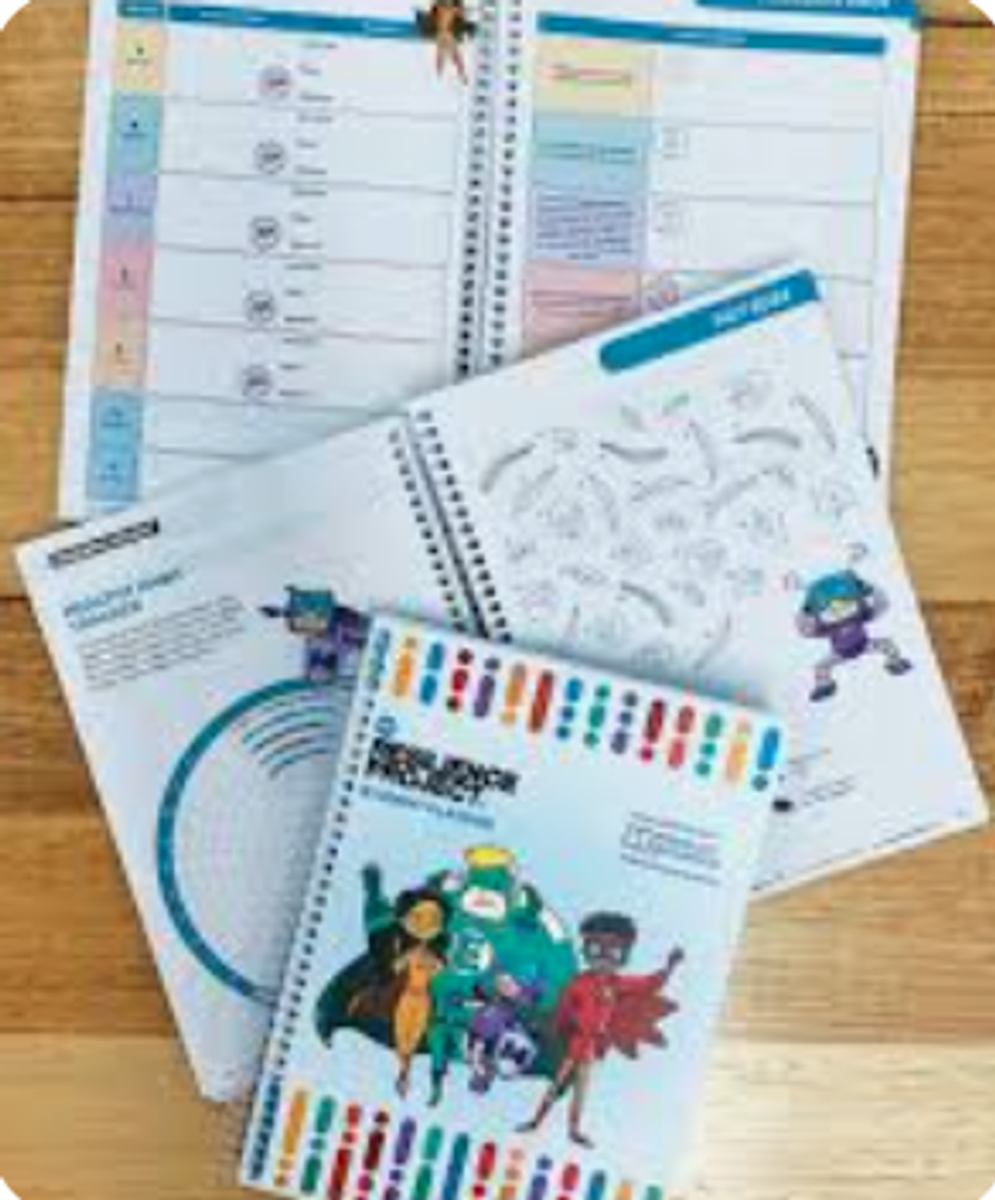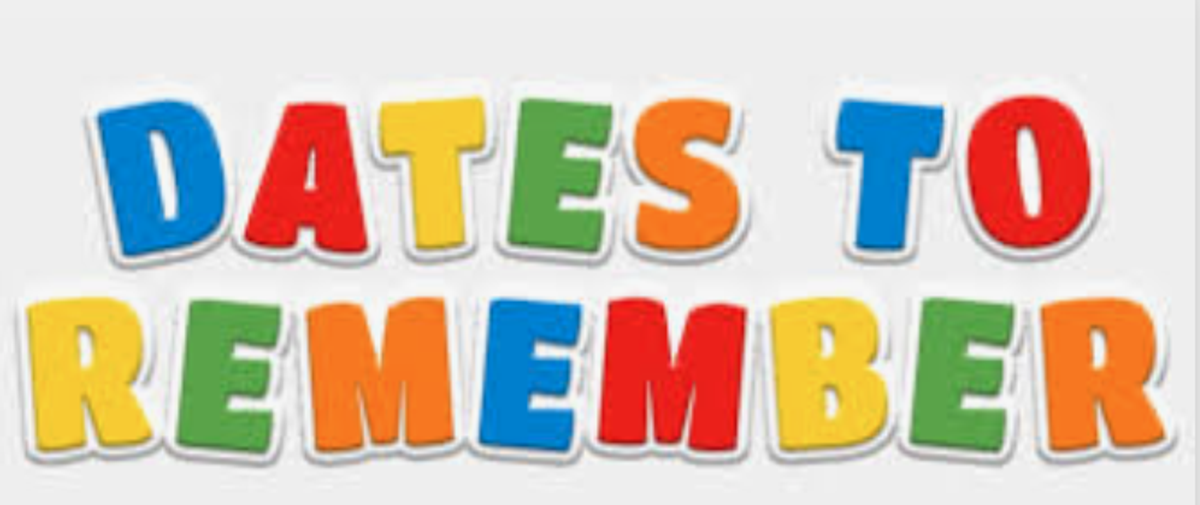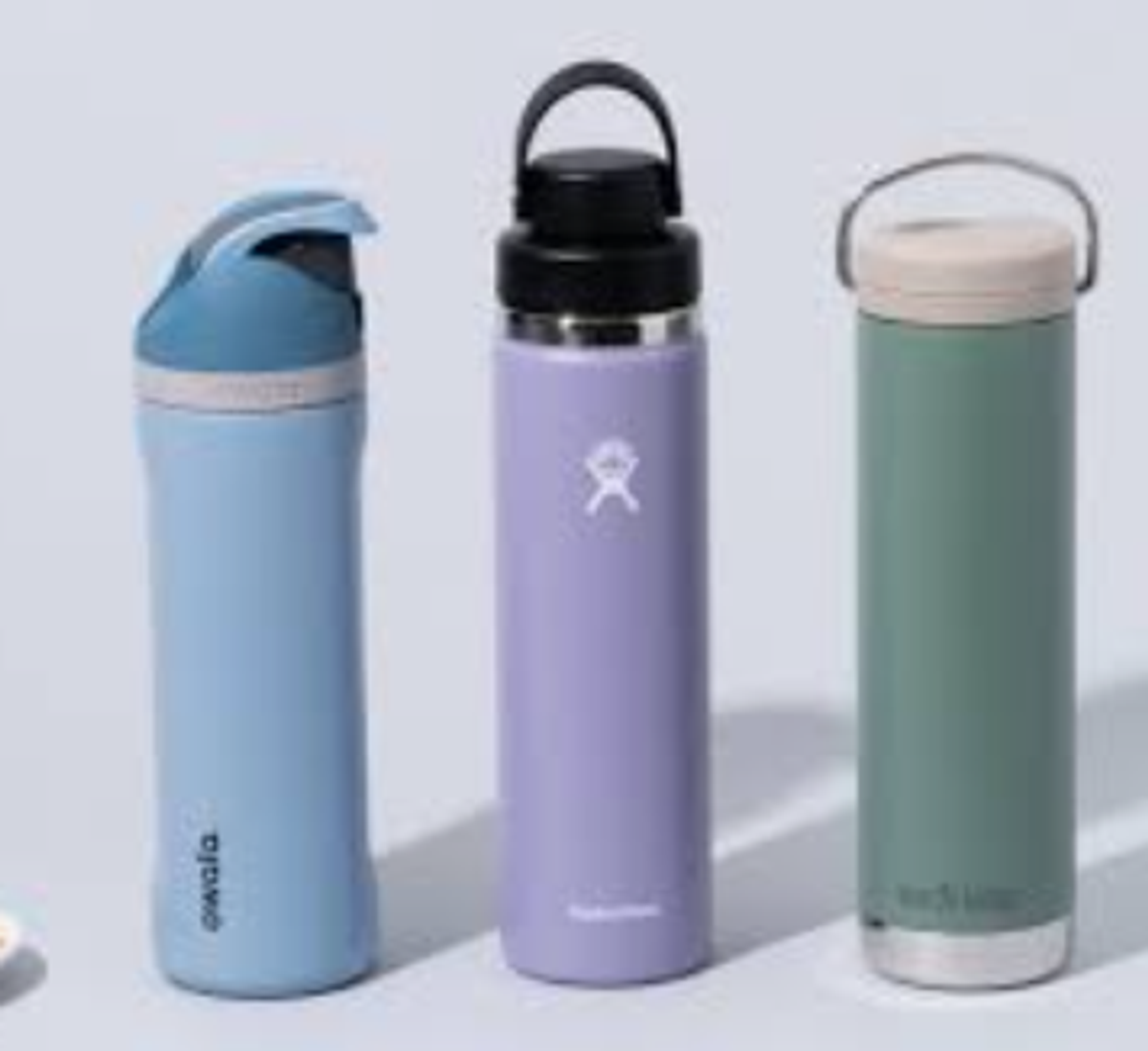Year 3

Where has the term gone ???
The older we get the quicker time seems to fly. Time flies when you are having fun and we can honestly say we are. Children are the best at making you laugh even when they don't know it. I often say to the children that we must laugh everyday and we do our best to make sure that it happens.
We have completed our NAPLAN assessments now and we must say that the year 3 students were commended on the way they got themselves organised and worked to the best of their ability. The testing format , at times can bring on a sense of anxiety and worry, however we tell the students that it is a test so that we can understand what they know , then we can become better teachers. If they don't understand something, we as teachers then have to work out some better strategies to help them. The children seemed to take this onboard .
We have reached the end of our novel study on MATILDA. We have loved watching the movie and have had many laughs about Ms Trunchbull. Ask your children about the behaviour management strategies that Ms. Trunchbull uses. We much preferred Miss Honey.
We have now started reading our new text called, Off We Go Around Australia. We can highly recommend this book if you are planning a trip around Australia. As in the previous text we are introduced to a lot of knew vocabulary. We have our own vocabulary dictionaries to record the definition of new and or unfamiliar words. Developing a rich vocabulary is essential when learning to read and write, as it enhances comprehension, communication, and expression. A strong vocabulary allows readers to understand texts more easily, grasping deeper meanings and nuances. It also helps writers convey their thoughts clearly and effectively, making their writing more engaging and precise. Additionally, a broad vocabulary fosters confidence in both spoken and written communication, enabling learners to express themselves creatively and persuasively. By continuously learning new words, individuals expand their knowledge, improve their critical thinking skills, and become more proficient in language use.
The students were fascinated by the illustrations in the text and enjoyed looking and sharing the details within each page. When we got to the central Australia page Miss Ally talked to them about the 3 years that she spent living underground in Coober Pedy. We even watched a clip on how dugouts are built and what they are like to live in. The students had lots of questions.
Handwriting
We have continued to focus on making our letters UNIFORM.
Uniform handwriting is important because it improves readability, ensures clear communication, and helps develop fine motor skills. Consistent letter formation and spacing make writing easier to read, reducing misunderstandings in both academic and professional settings. It also fosters discipline and attention to detail, encouraging students to take pride in their work. Moreover, neat handwriting allows for faster and more efficient writing, which is especially beneficial during exams and note-taking. Developing uniform handwriting from an early age builds a strong foundation for effective written communication throughout life.
Maths Overview
Here is our yearly overview for numeracy this year.
We are currently working on multiplication and division. Unlike the old days where we simply learnt our multiplication sums by rote, today we look more deeply at what multiplication looks like. We talk about multiplication as repeated addition and record it as arrays as well as equations. This supports students to create a visual image of what it looks like. Counting using number pattern is a great way to support the learning of multiplication. We also encourage students to count from different starting points. For example
10 20 30 40 50 60
15 25 35 45 55 65
23 33 43 53 63 etc
Maths at Home
Here are three fun number pattern games you could try at home.
- Skip Counting Challenge – Write a sequence on a whiteboard with missing numbers (e.g., 2, __, 6, __, 10). Have students fill in the blanks and explain the pattern. You can use different starting numbers and increments to make it more challenging.
- Pattern Detective – Give students a list of numbers and ask them to find the pattern (e.g., 5, 10, 15, 20…). Then, challenge them to continue the sequence or create their own pattern for a partner to solve.
- Mystery Number Machine – Pretend there is a "magic machine" that follows a rule (e.g., "add 3 each time" or "double the number"). Give students an input number and have them predict the next few outputs based on the pattern. You can also let them create their own “machines” for others to figure out!
Our Religious Education focus this term was Prayer for the first 5 weeks, with the children ending the unit by presenting a PowerPoint to the class containing a prayer that they had constructed. We learnt about prayers of gratitude, prayers of sorrow and prayers of blessing.
We are now learning about the meaning and stories behind Lent and Easter. We began the unit of work by planting pea seeds. We will care for them and watch them grow to symbolise renewal and new life in this time of Lent.
Students have also begun to learn about the concepts of almsgiving, prayer and fasting during Lent, with discussions about how we can participate in the Caritas Project Compassion, direct our prayer towards others and why some people may choose to give up something in this time before Easter.
Over the past few weeks we have been talking about the different roles people volunteer for in our community. We shared our own personal interests and why we would help in a particular area. Rest assured, we are in good hands, as we have many who would readily work within the caring community.
The Resilience Project and Harmony Day
The class definitely embraced Harmony Day and the idea that ...
Harmony Day is a small part of what also happened last week with it coinciding with Neurodiversity Week. Neurodiversity Celebration Week 2025 takes place from March 17th to 23rd, encouraging the recognition and celebration of neurodiversity, while challenging stereotypes and misconceptions about neurological differences. We watched a presentation about the various conditions and famous people that have them . These included Autism, Attention deficit, Dyslexia and Dyspraxia. The students were surprised to learn that, although Miss Ally is not famous, she does have one of these conditions.
We talked about the fact that it is not always possible to see what conditions have and that we should always seek understanding and kindness. We wrote letters to each other, sharing what we valued about our classmates and discussed the saying, "We rise by lifting others".
In our Resilience lesson we talked about identifying our character traits. Character traits are the qualities, thoughts, feelings, personality, and choices that define a character, shaping who they are and how they are perceived. We identified our own traits and shared others that we recognised in others. We have displayed these both in and outside of the classroom.
End of Term: Friday 4th April
School Photos - THIS THURSDAY
Beginning of Term 2: Monday 28th April
and hopefully Miss Ally's 3rd grandchild arrives during the holidays!
Monday:
Art specialist
Wednesday:
PE specialist
STEM specialist
JAPANESE specialist
Lunch orders WEDNESDAY
Mrs Swan Monday/Tuesday
Miss Ally Wednesday/Thursday/Friday
DON'T FORGET
Ally and Paula
Classroom Teachers
